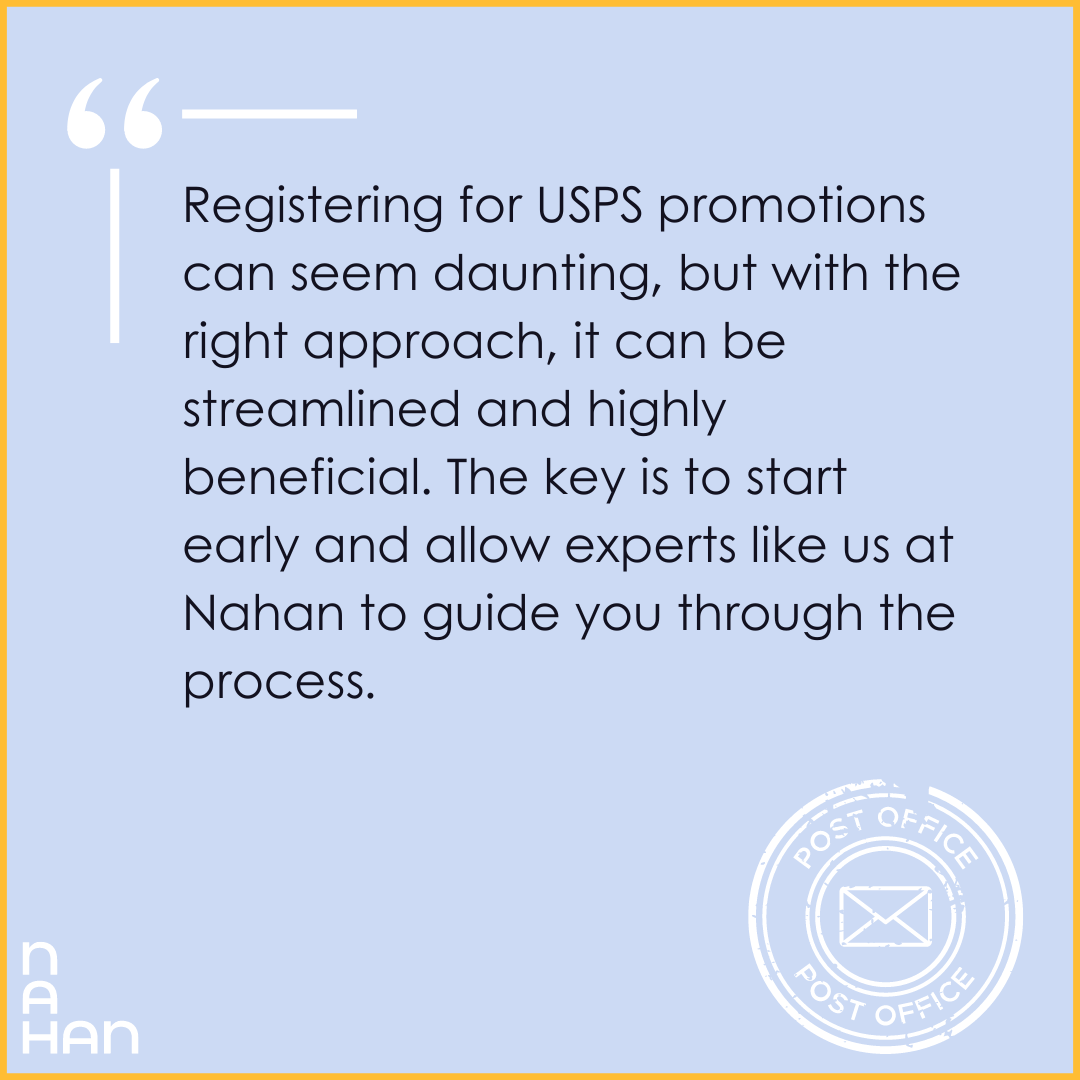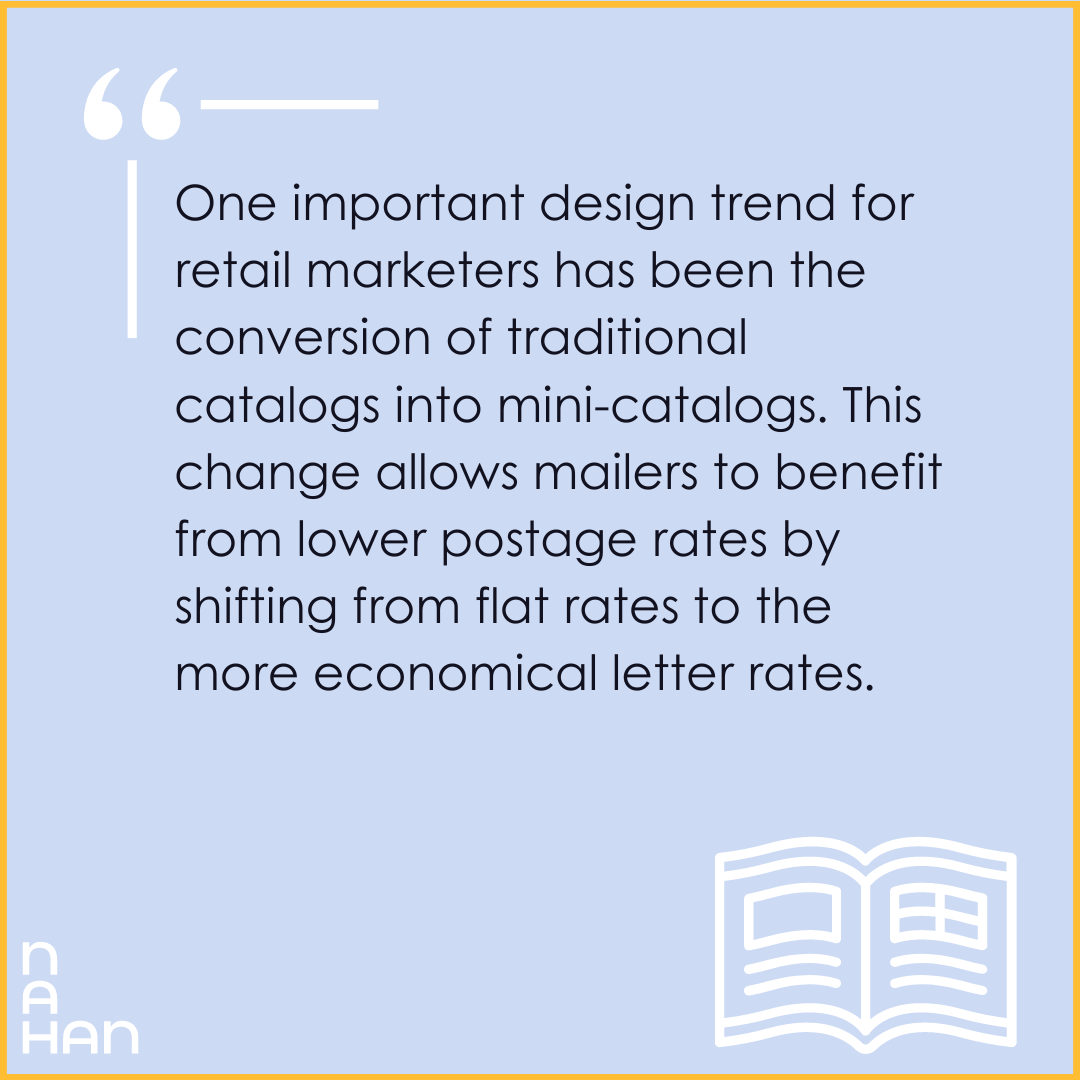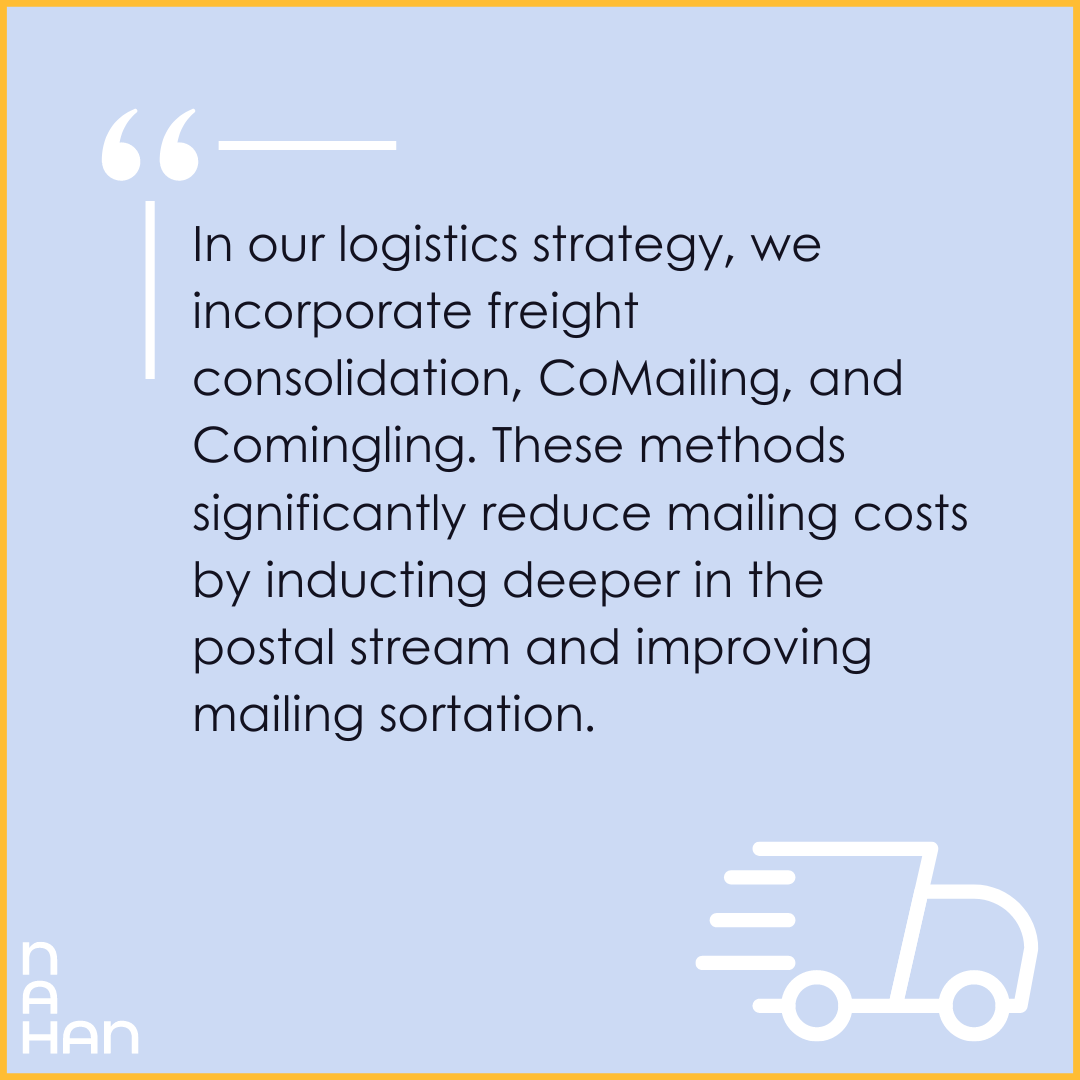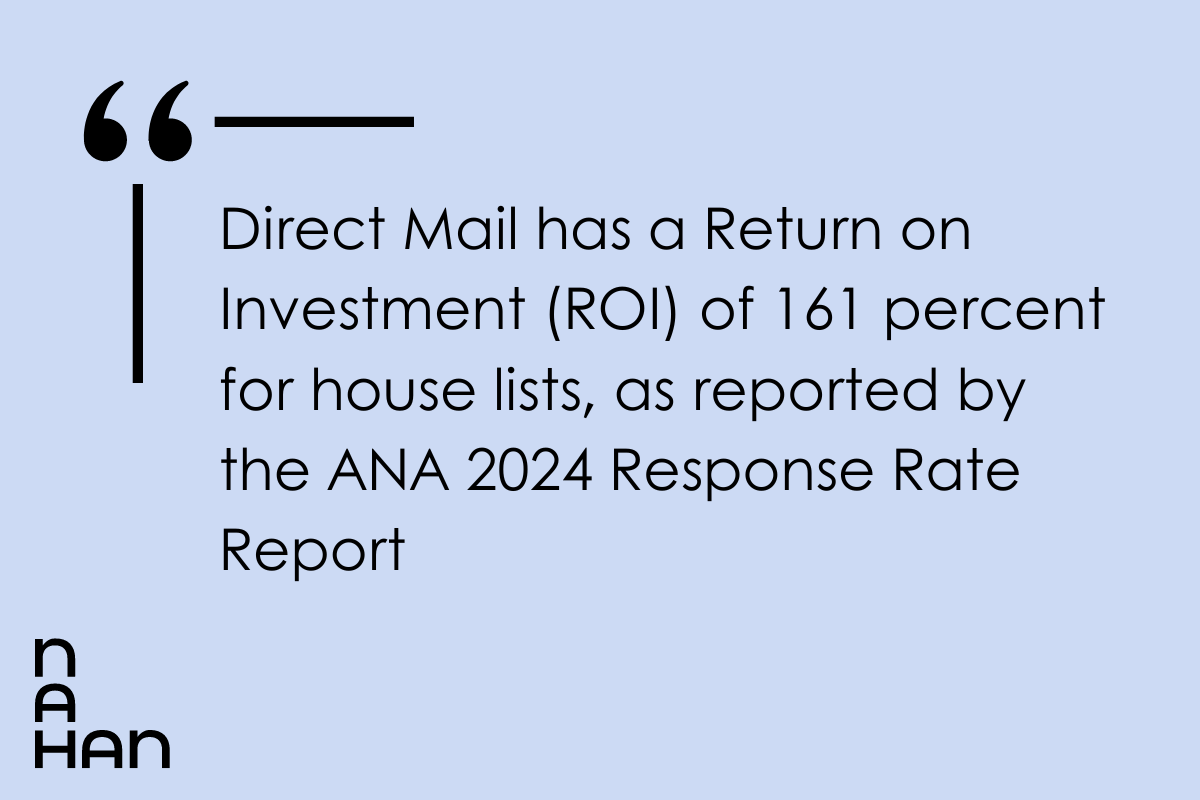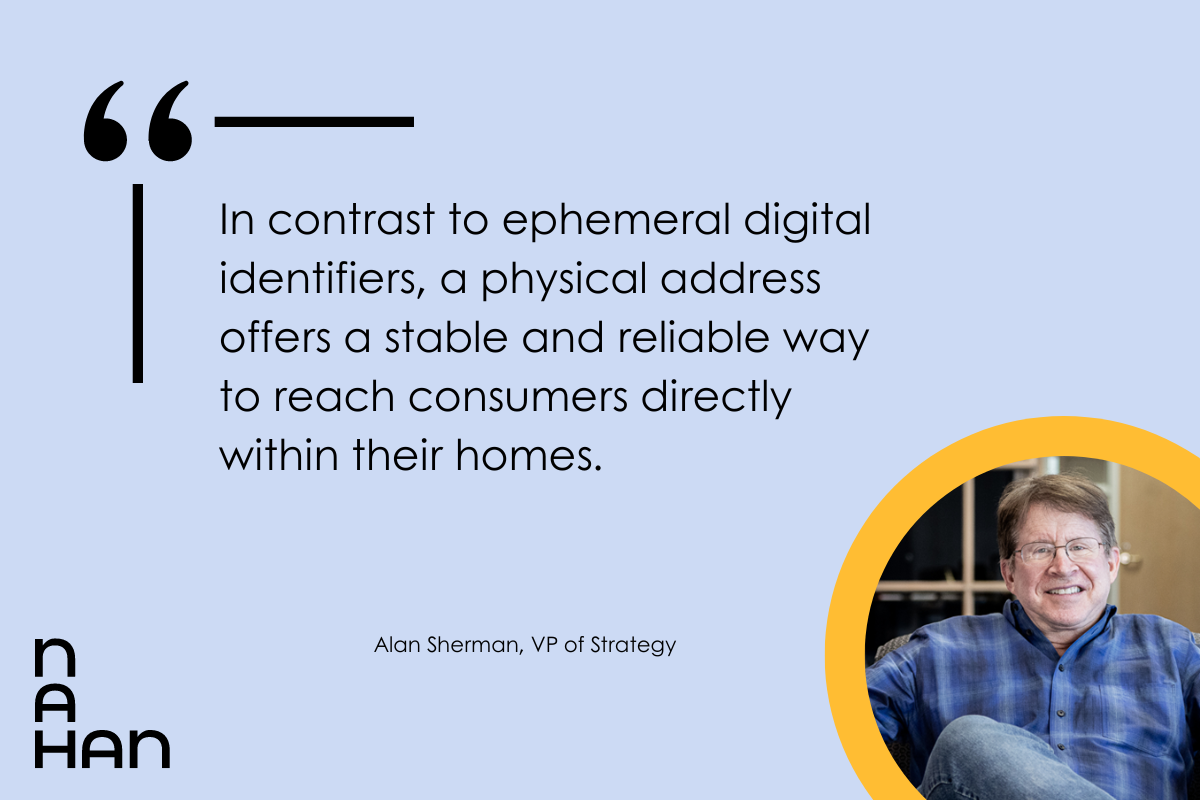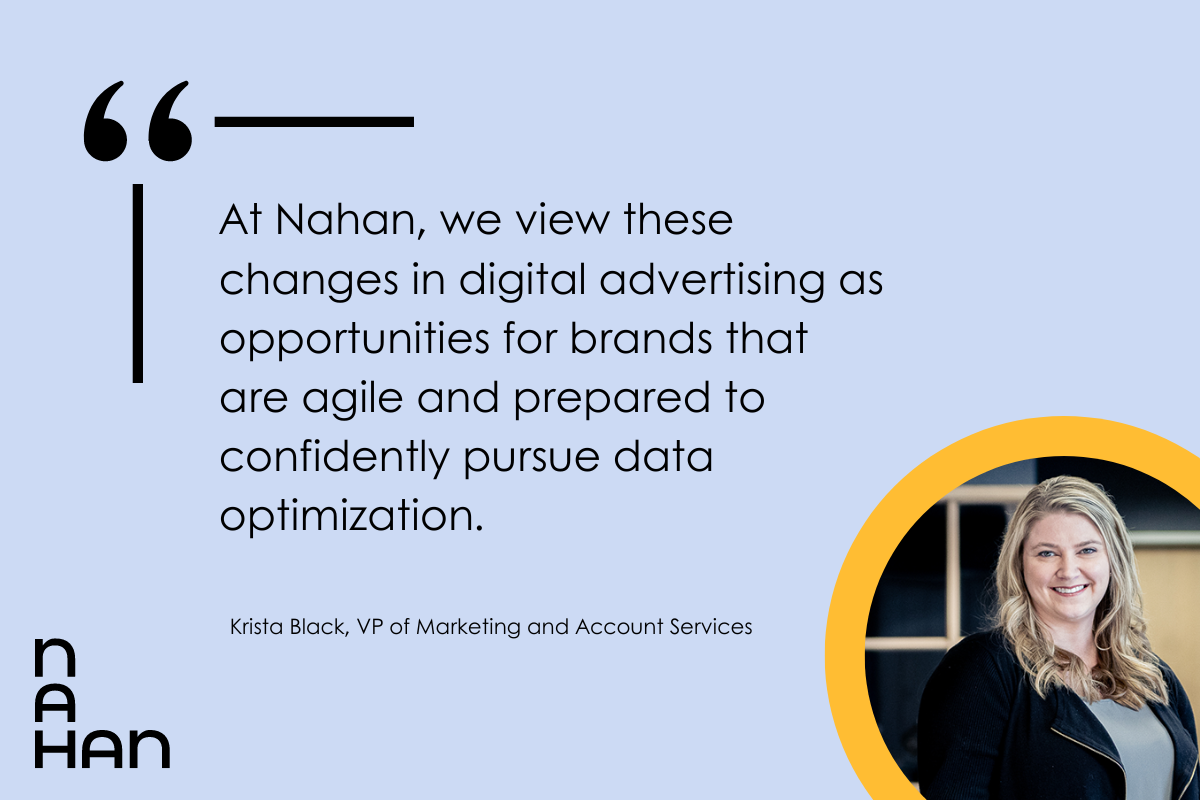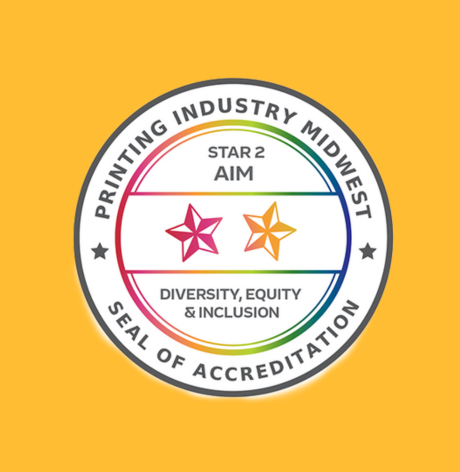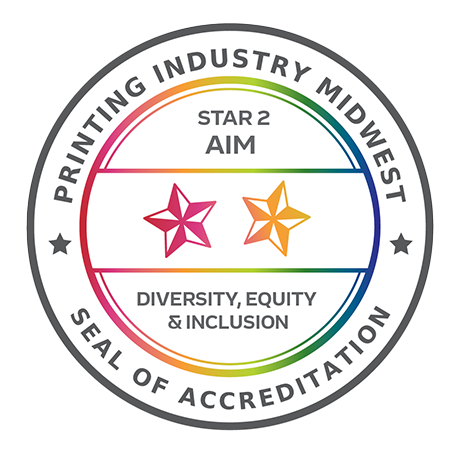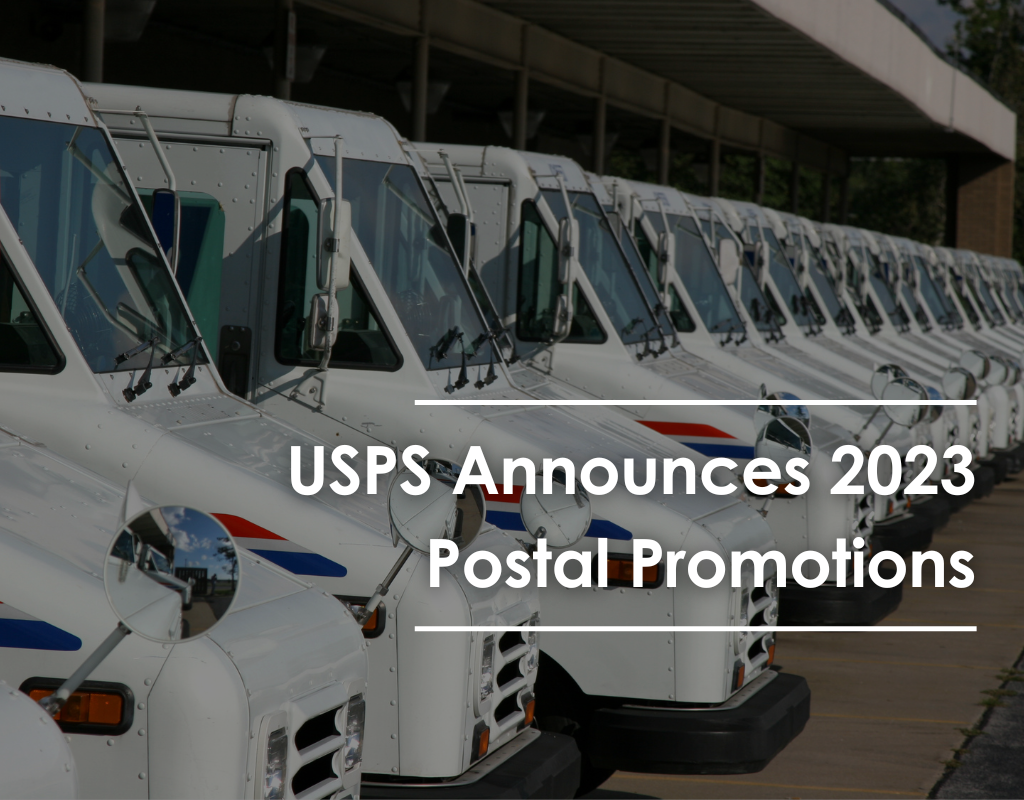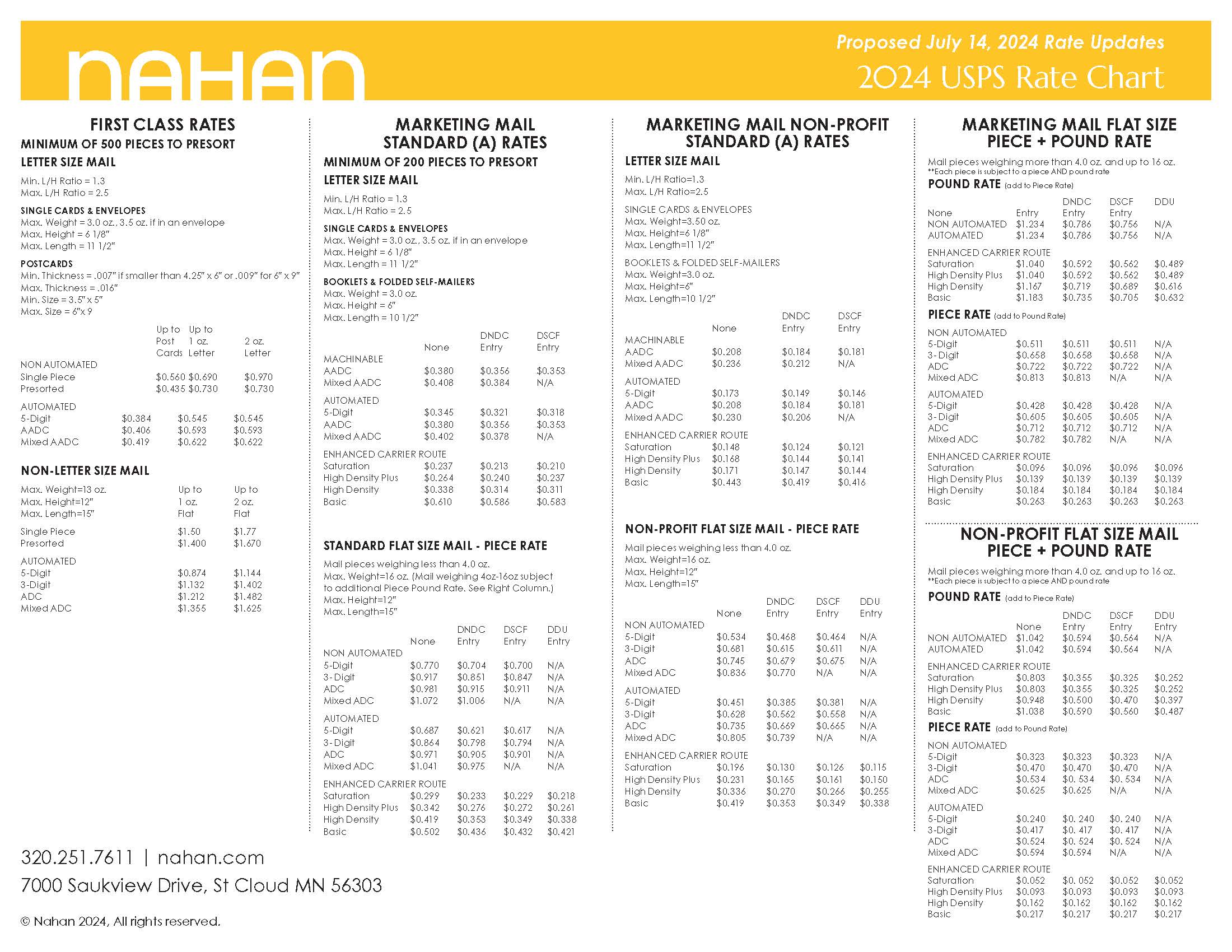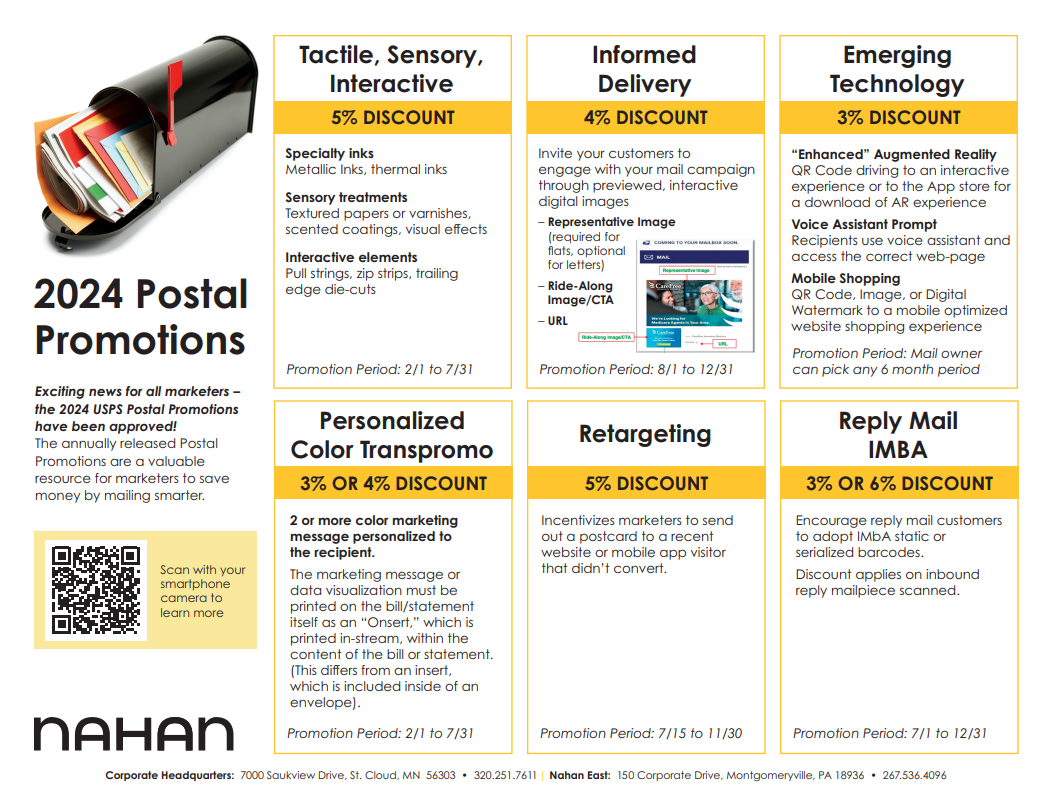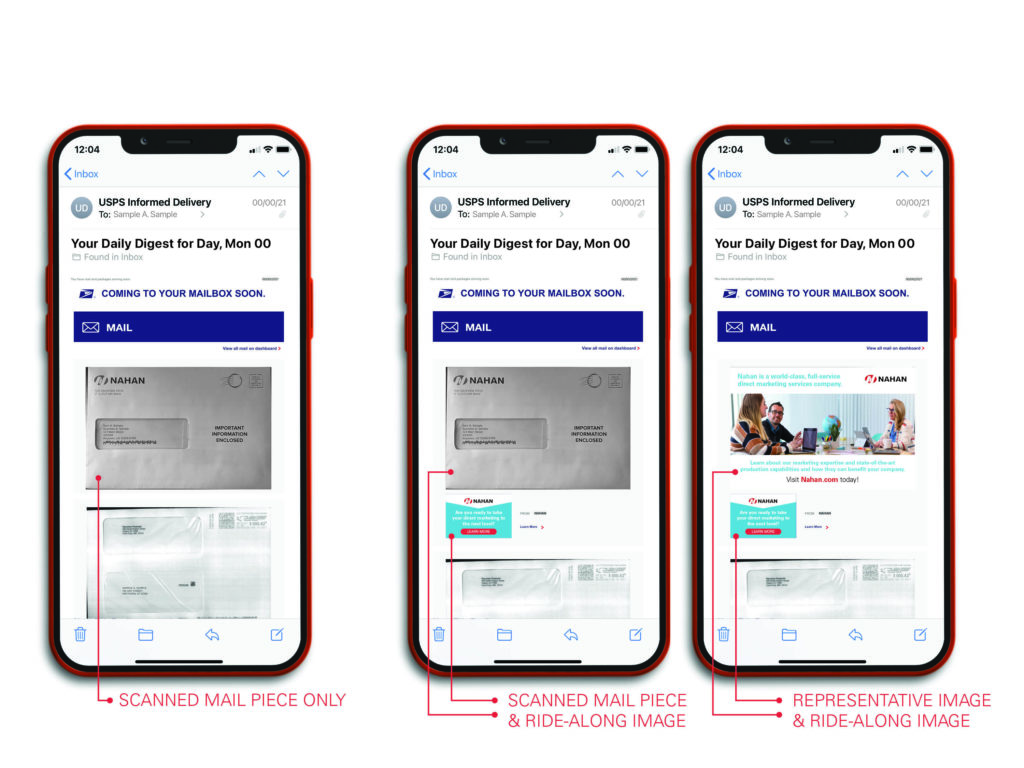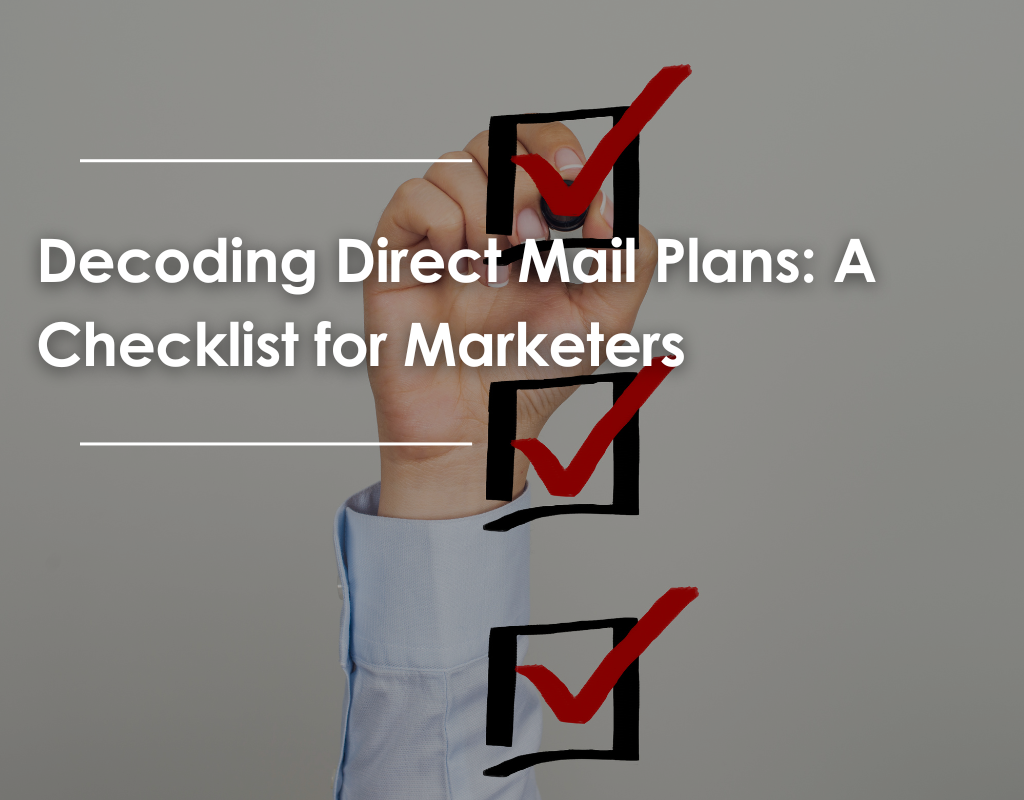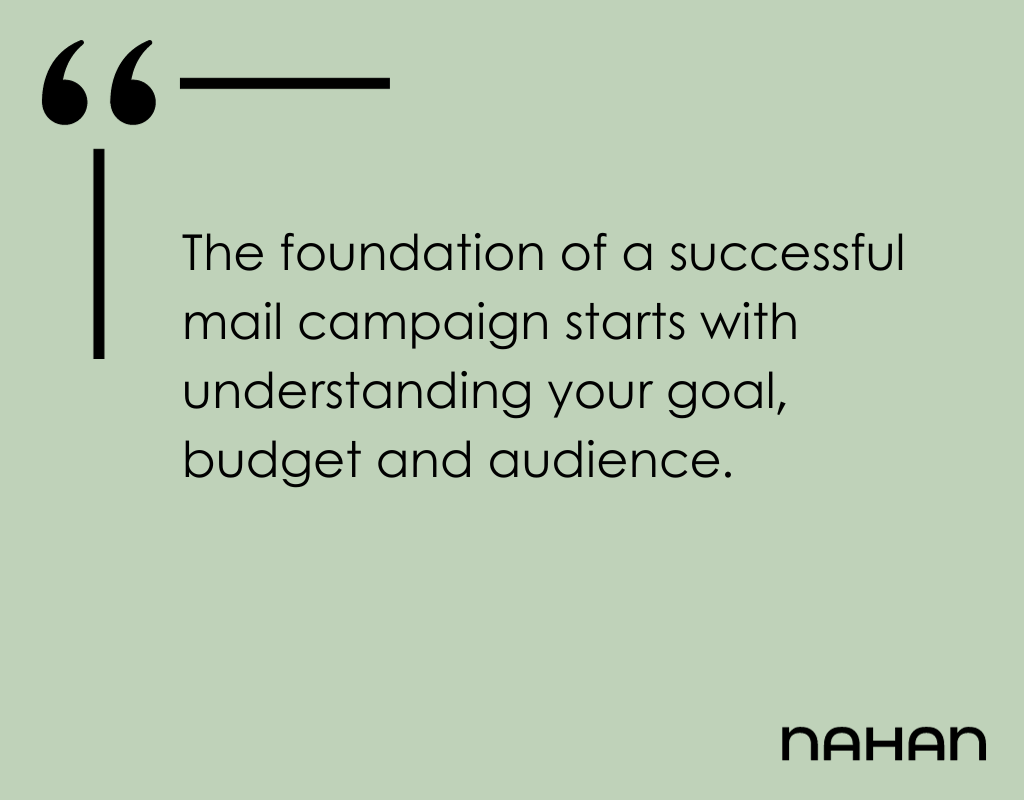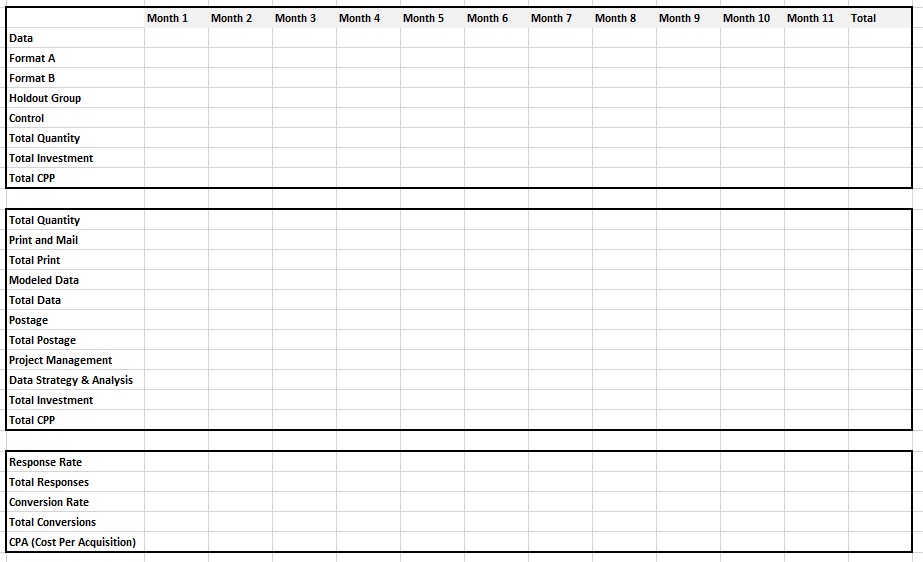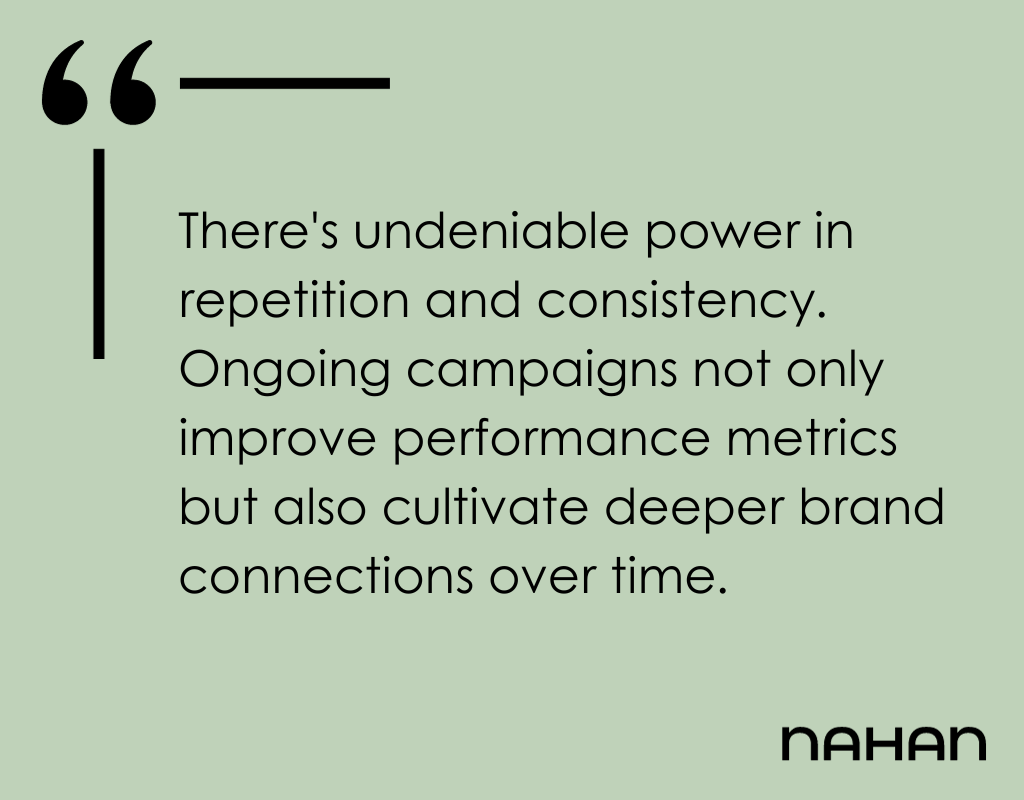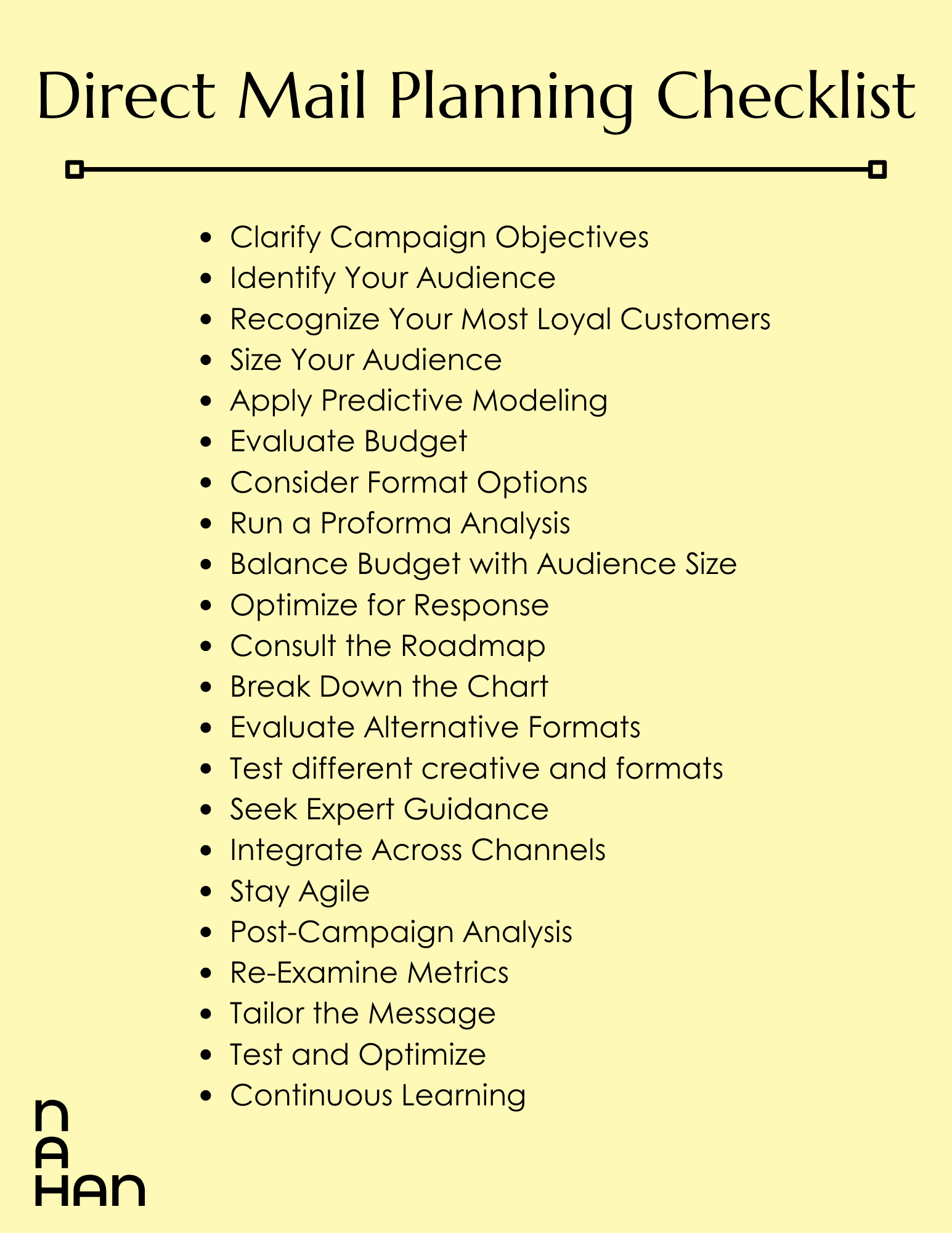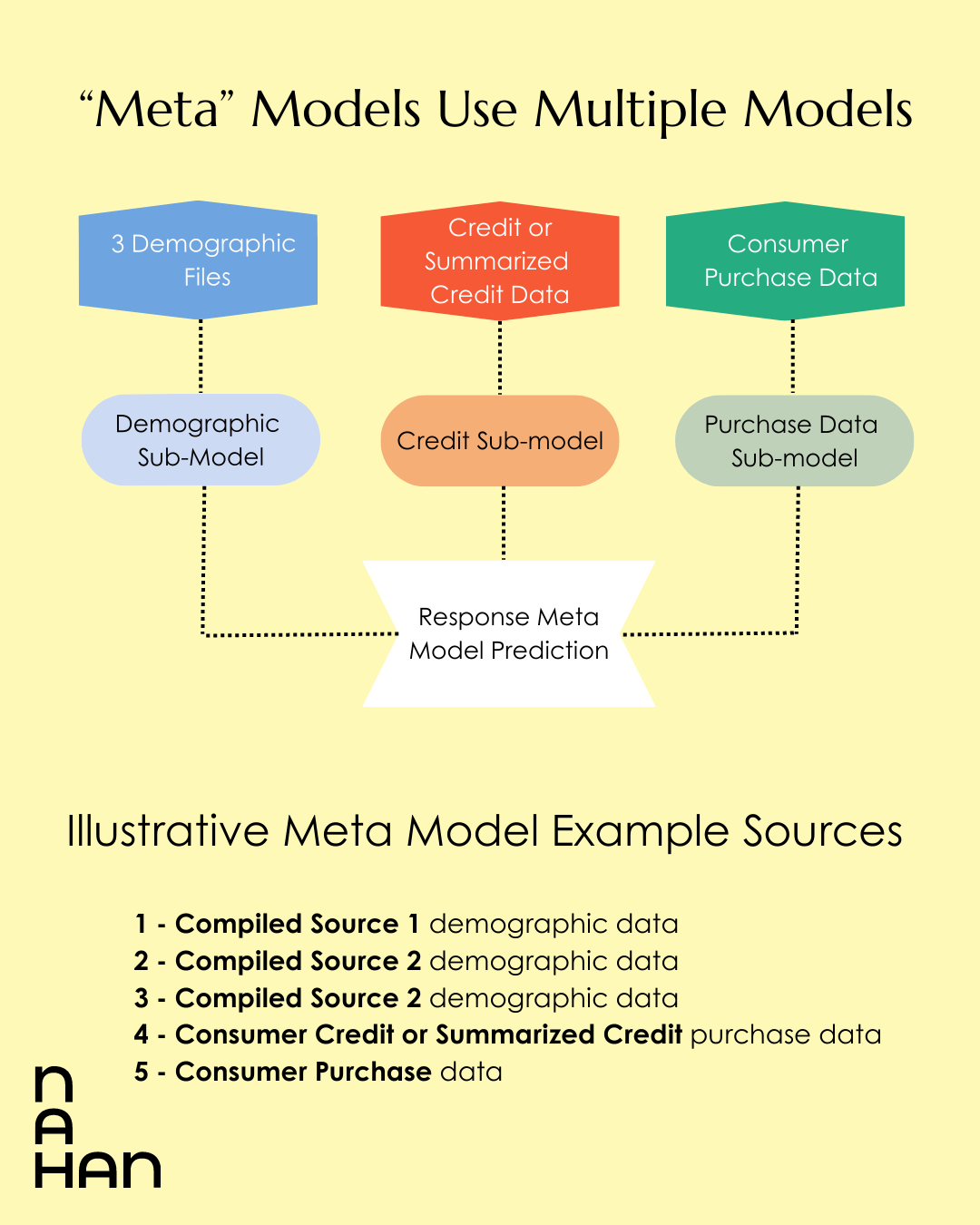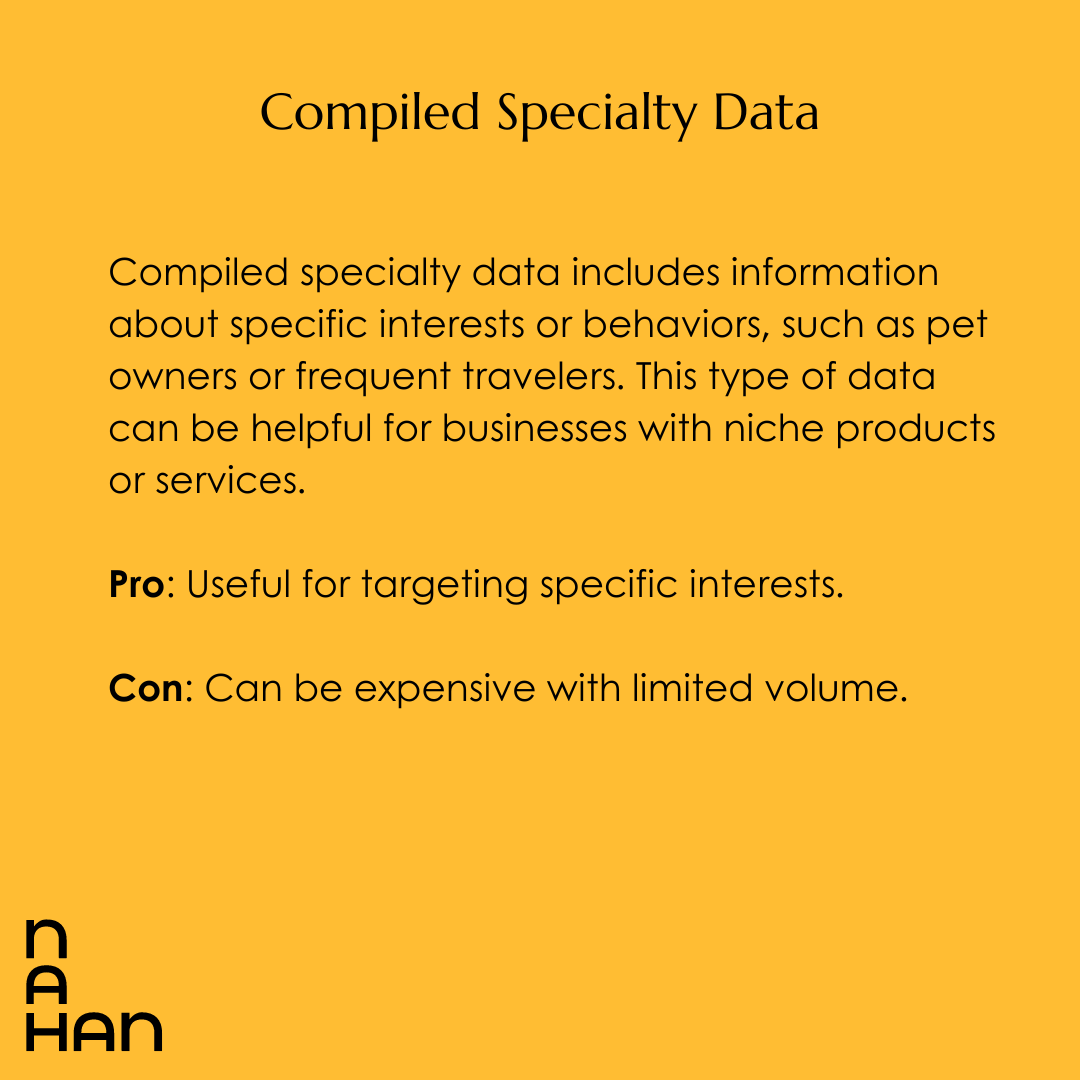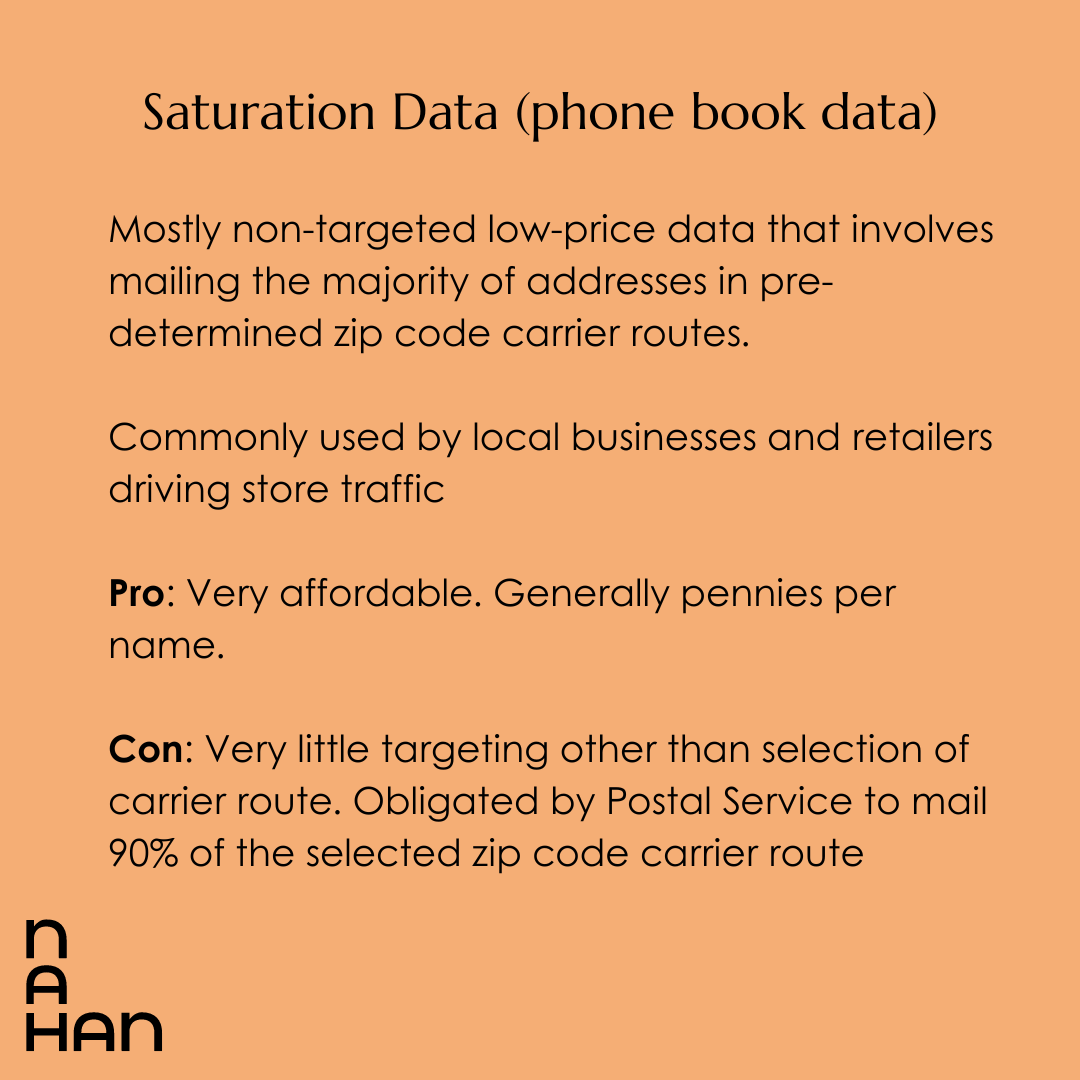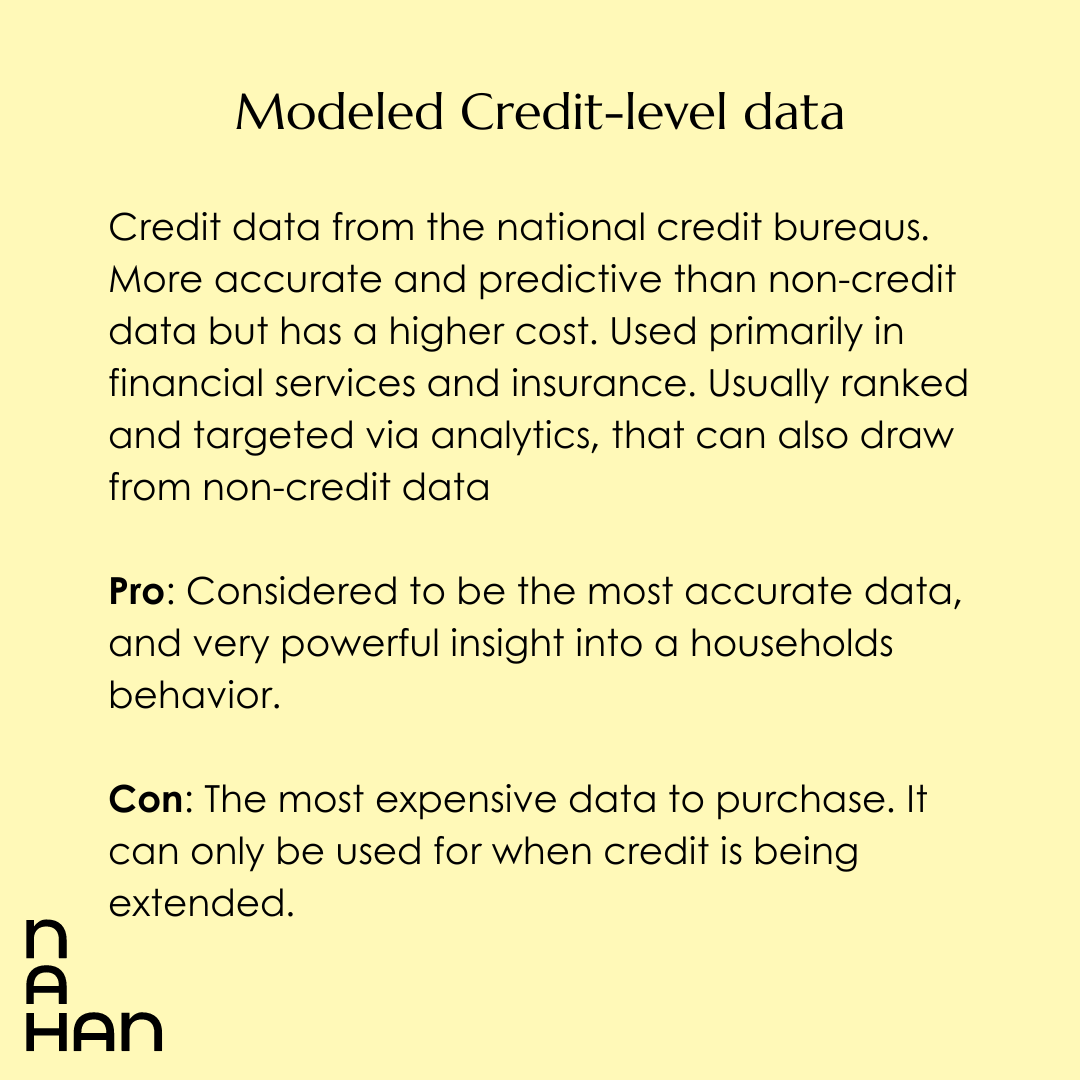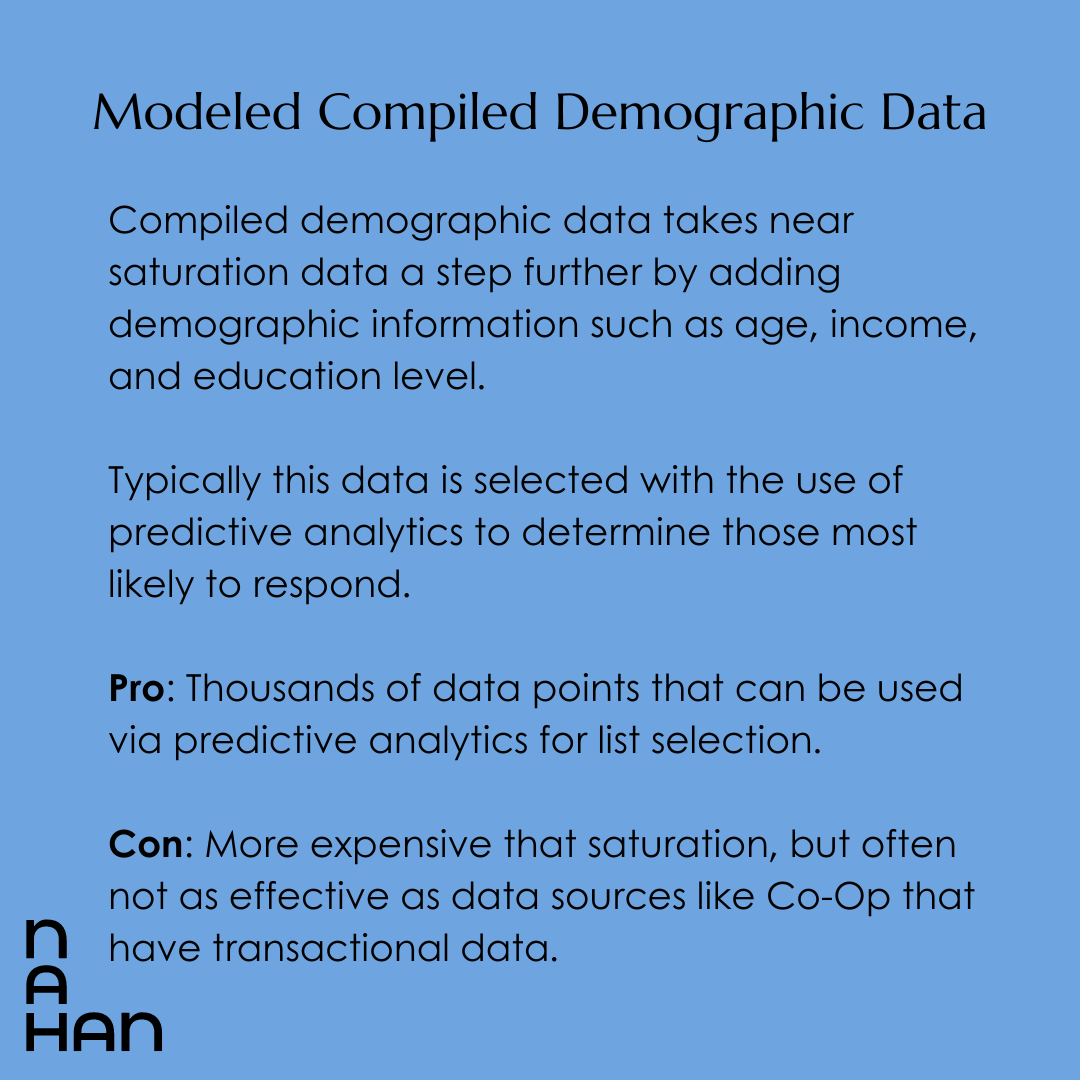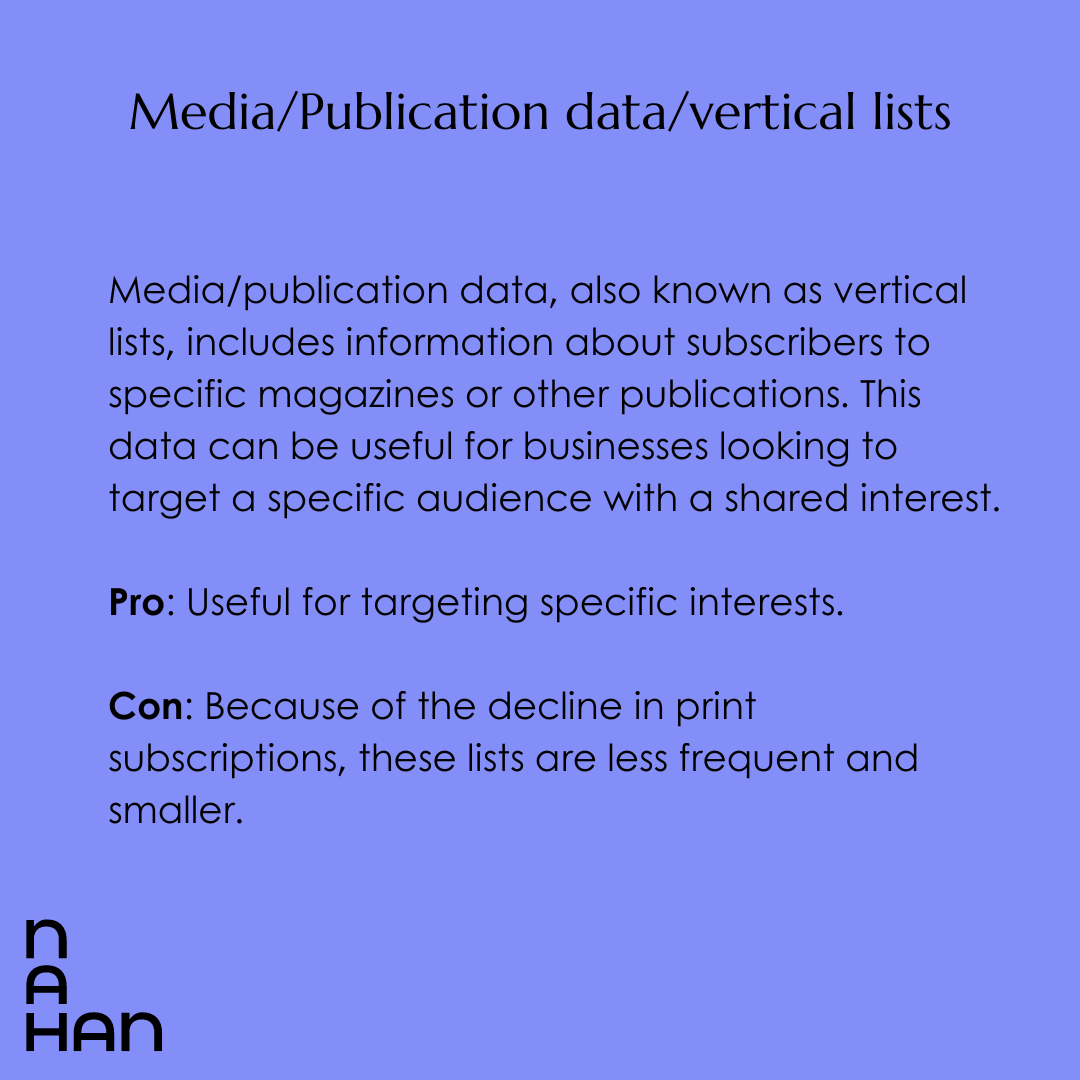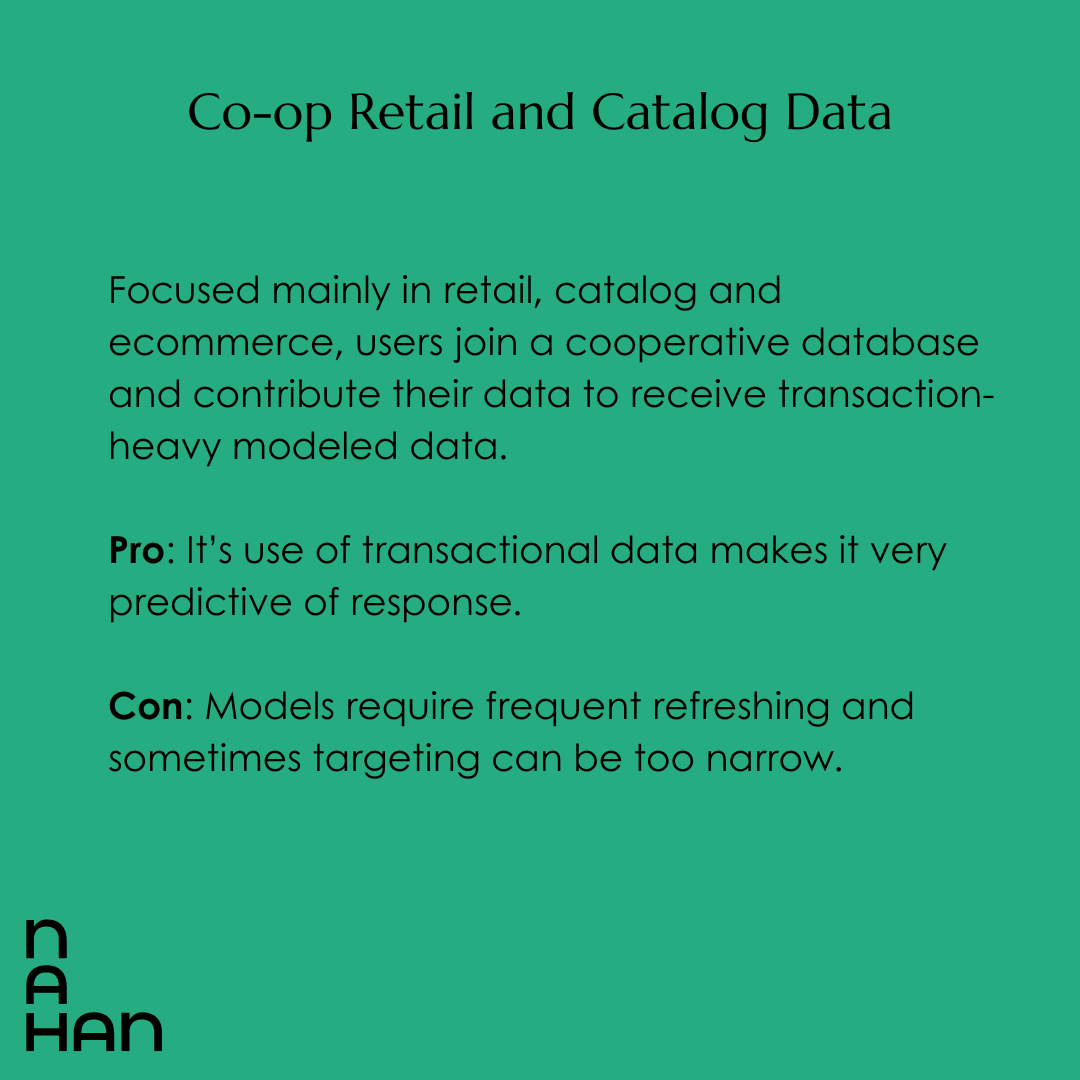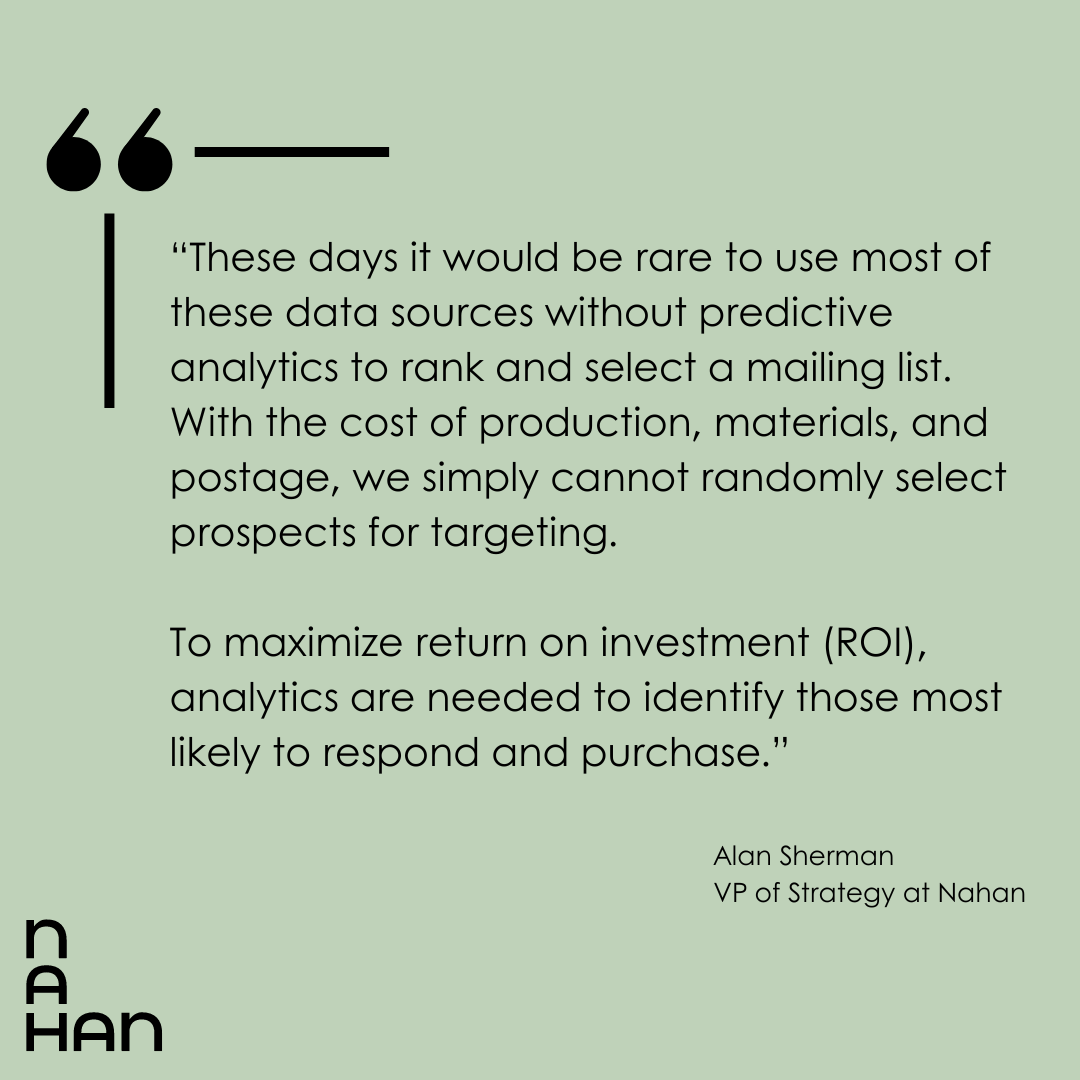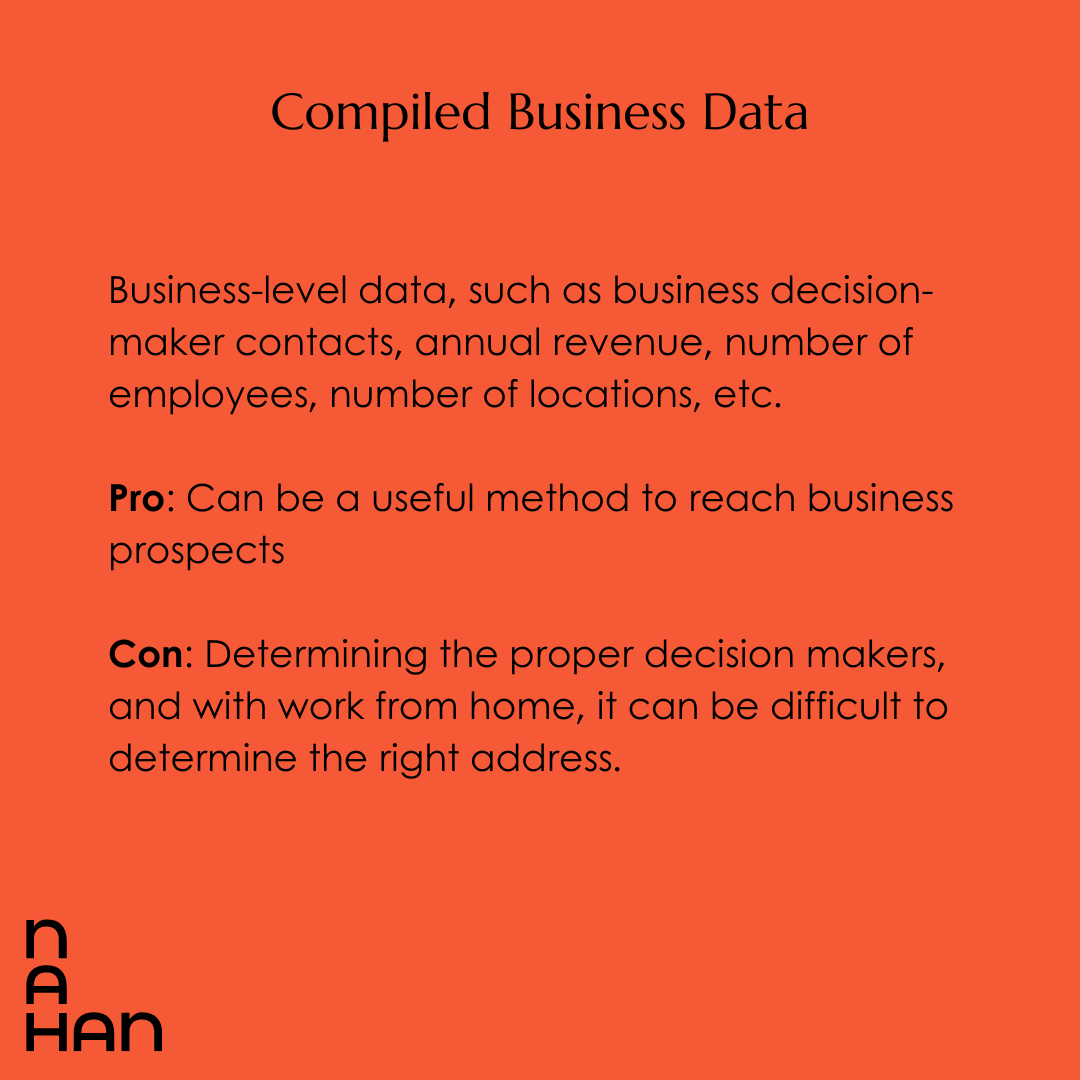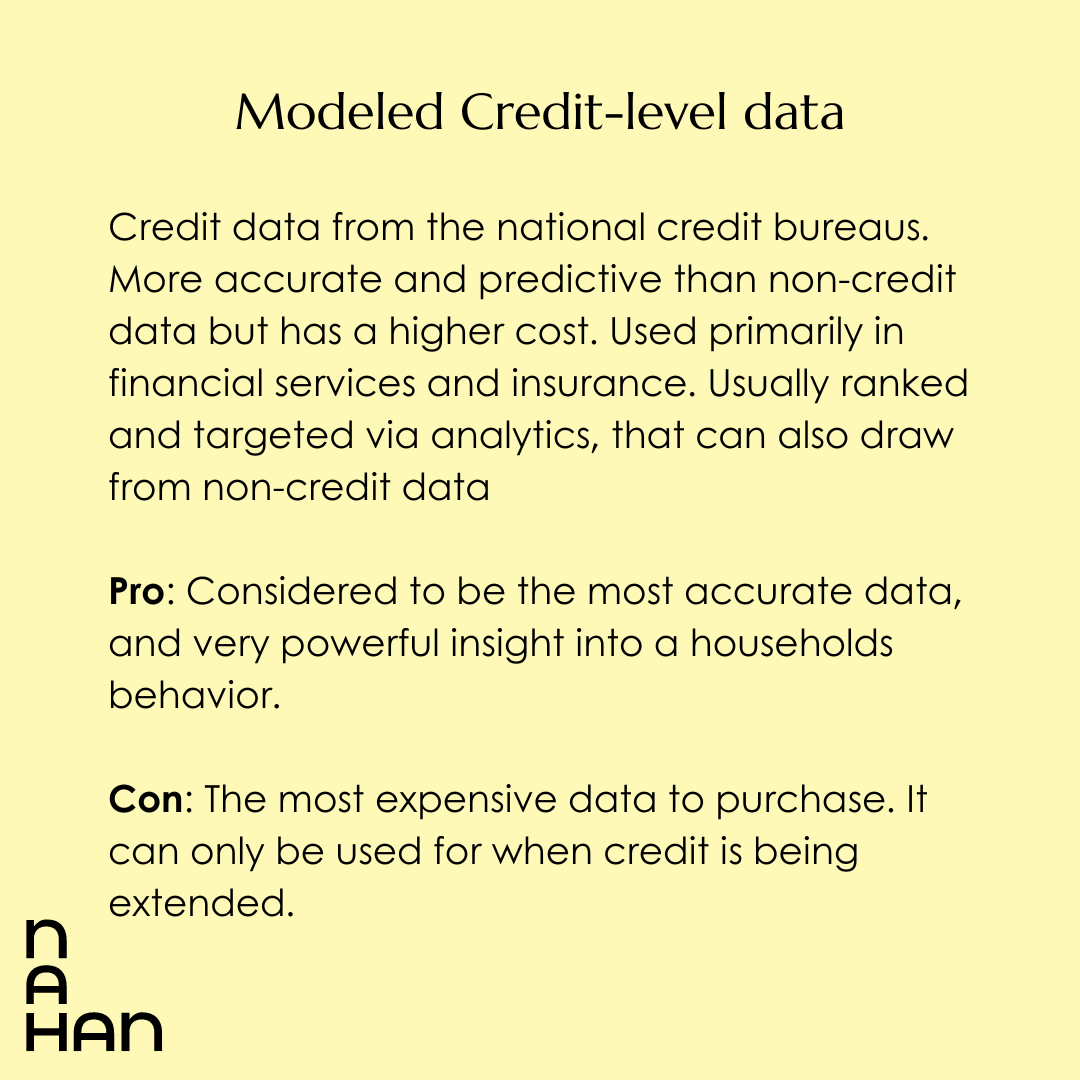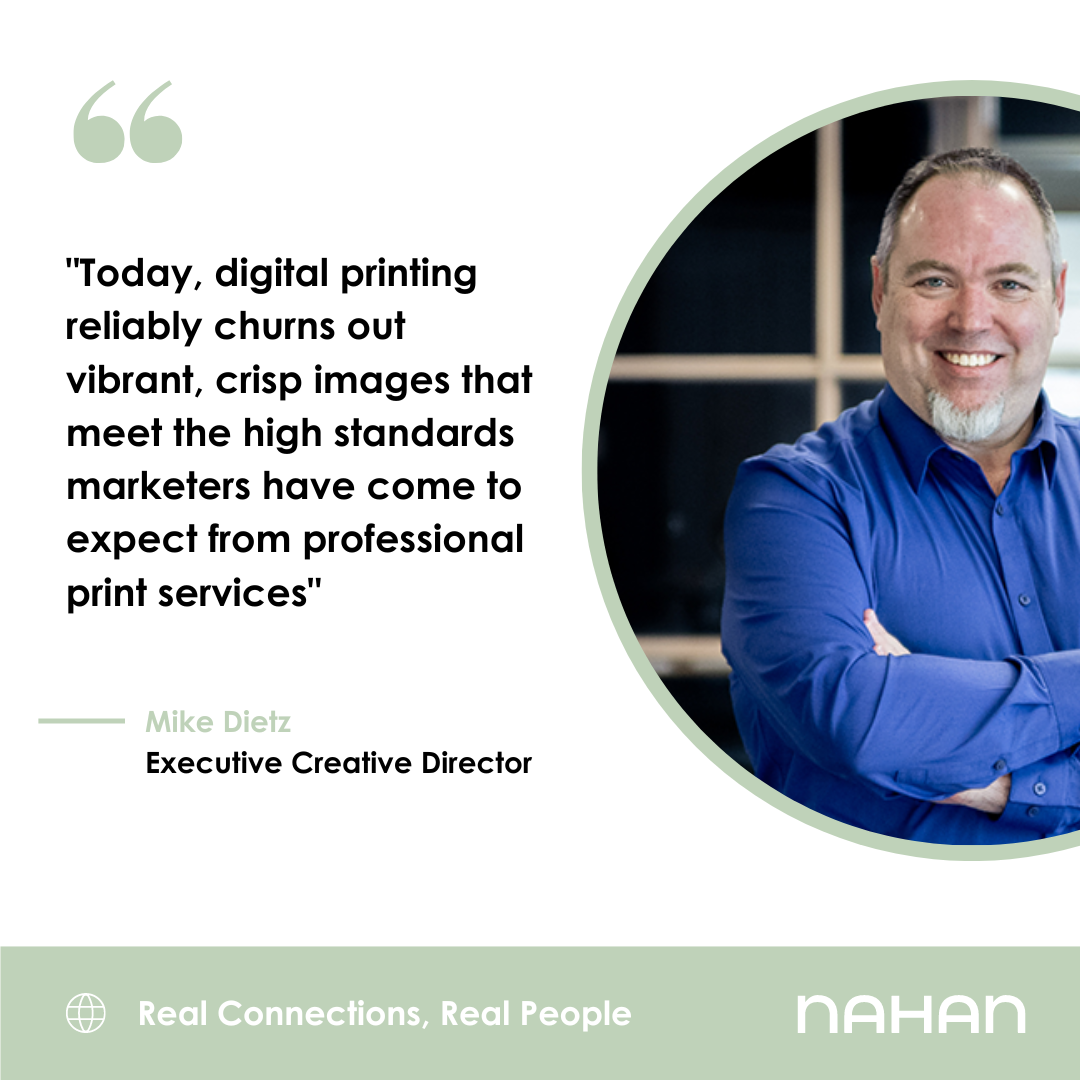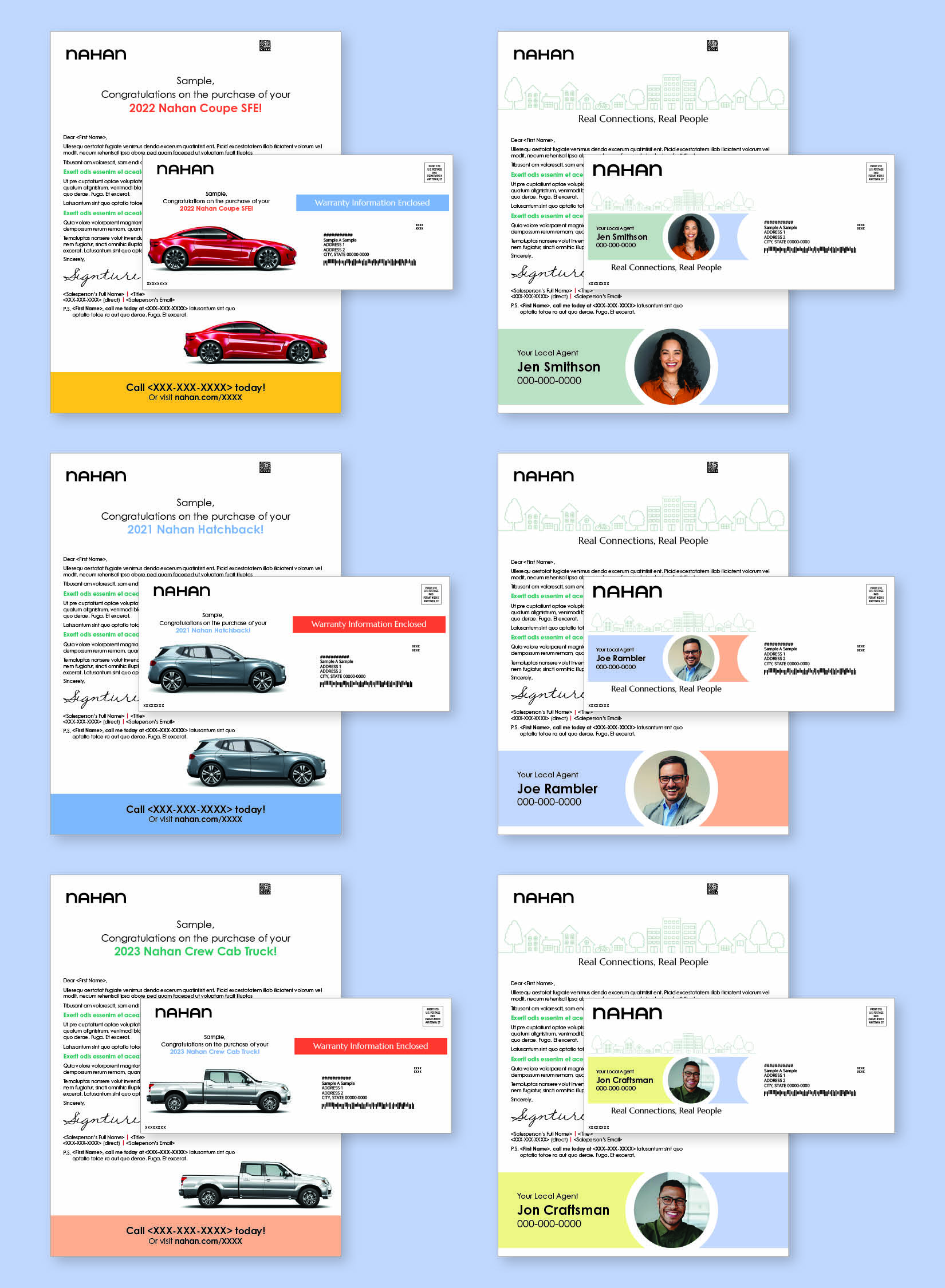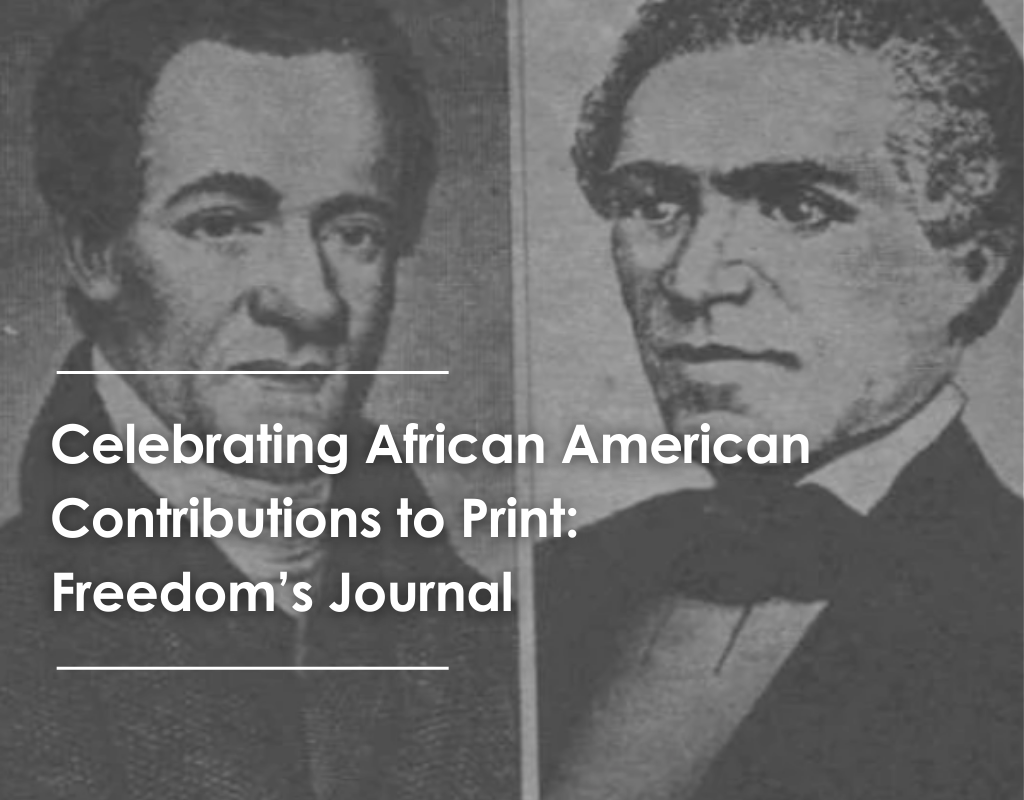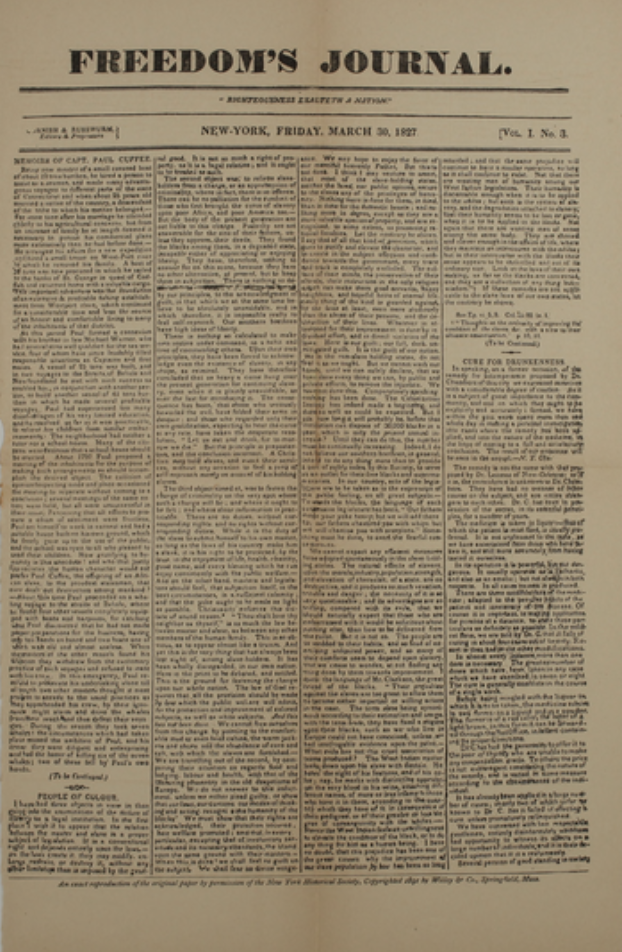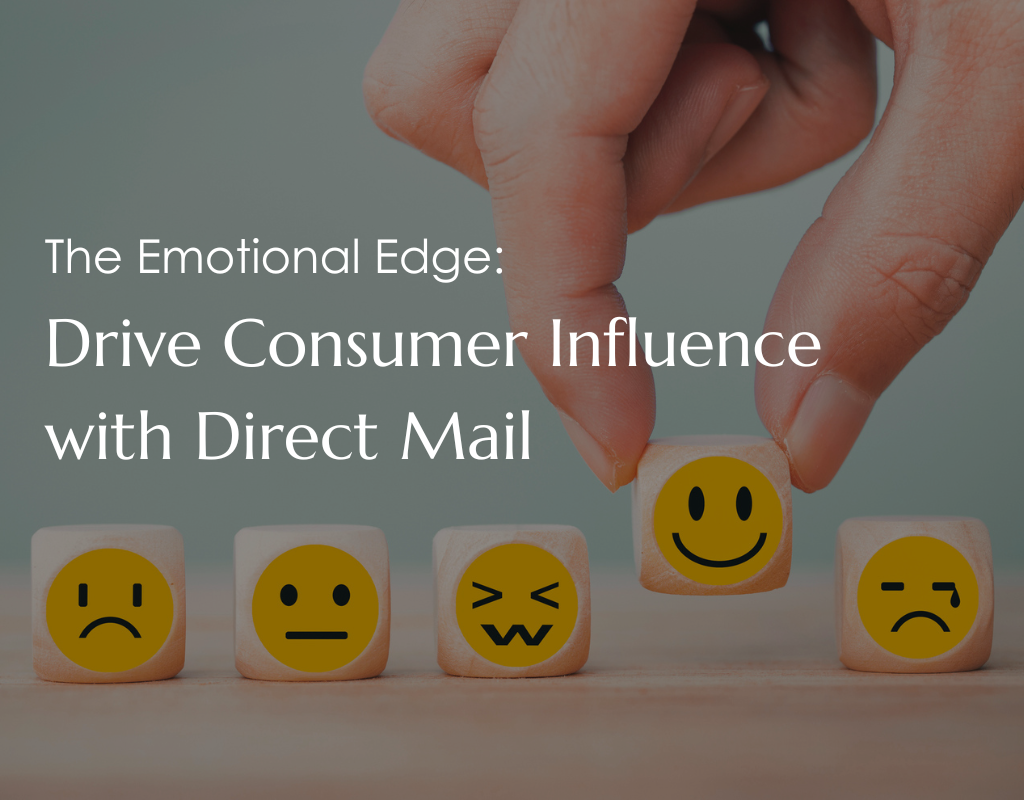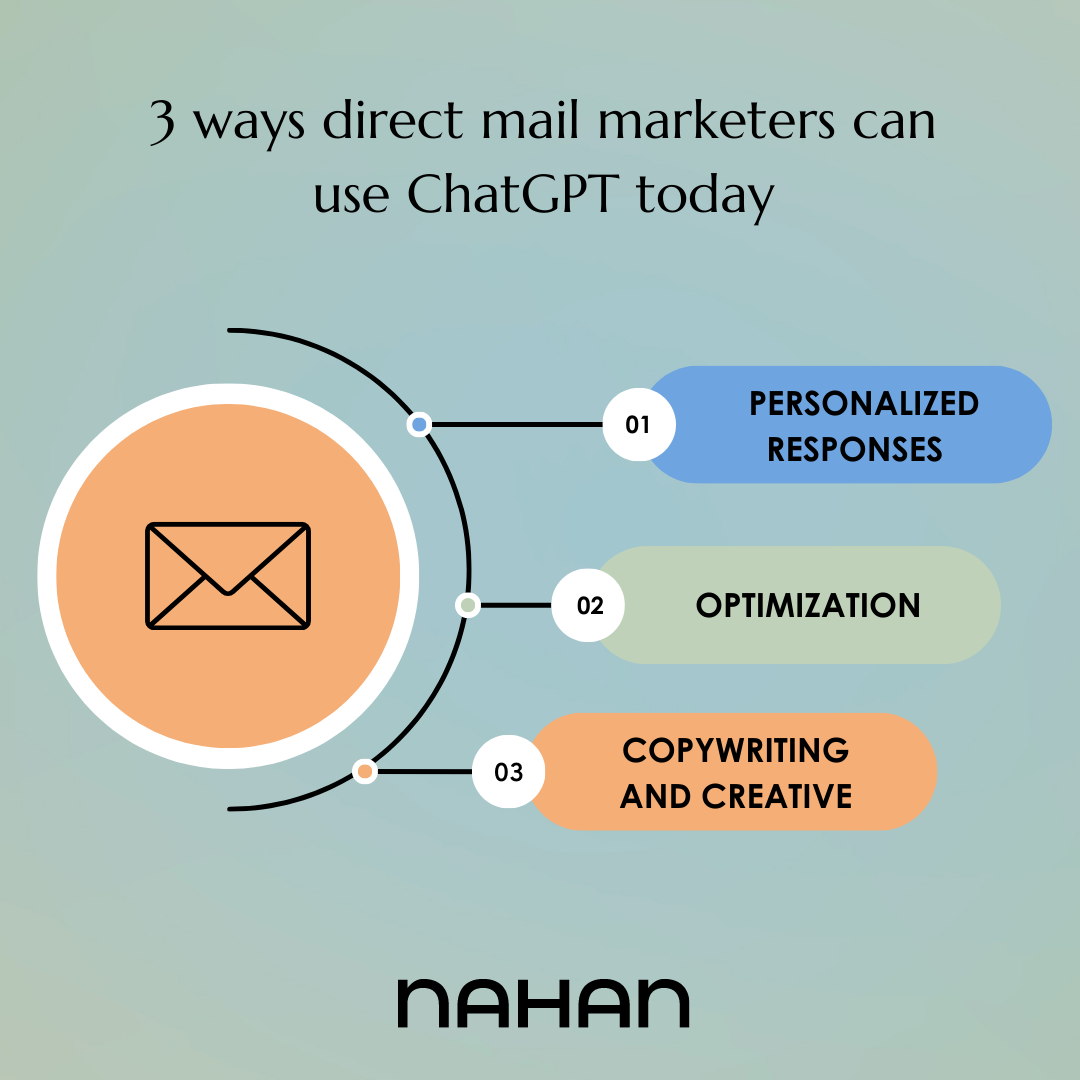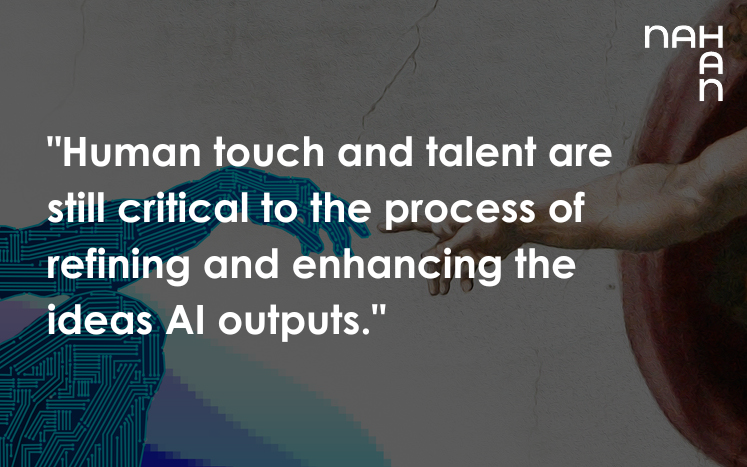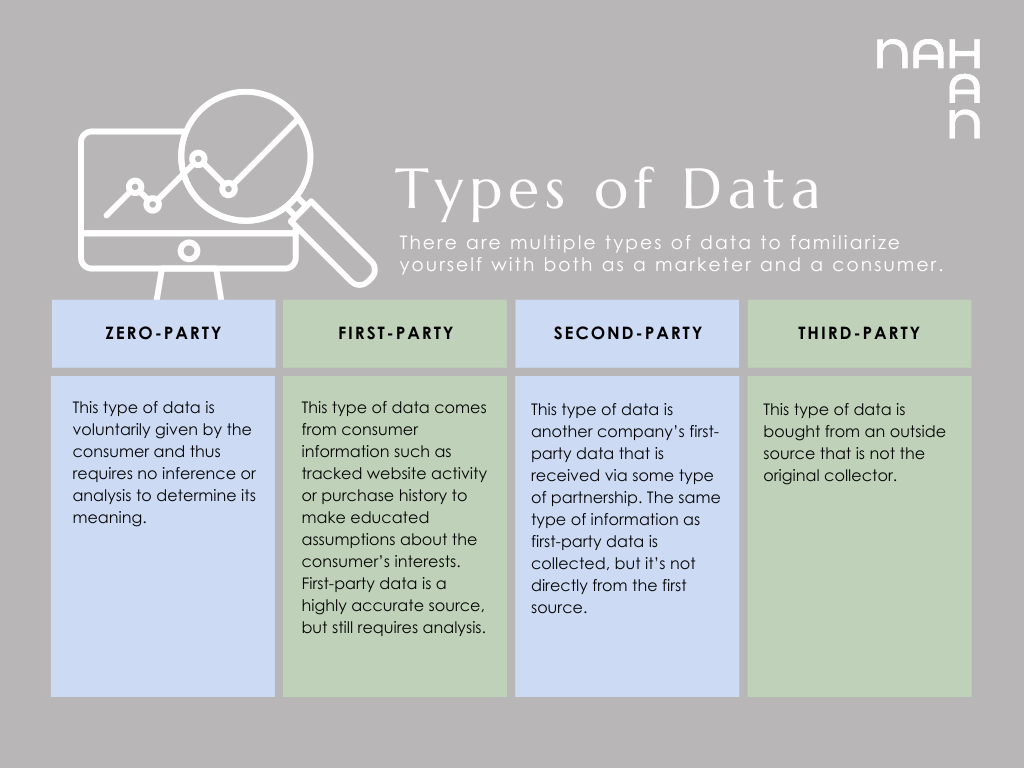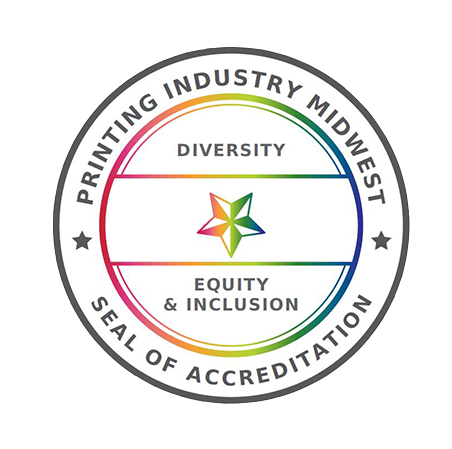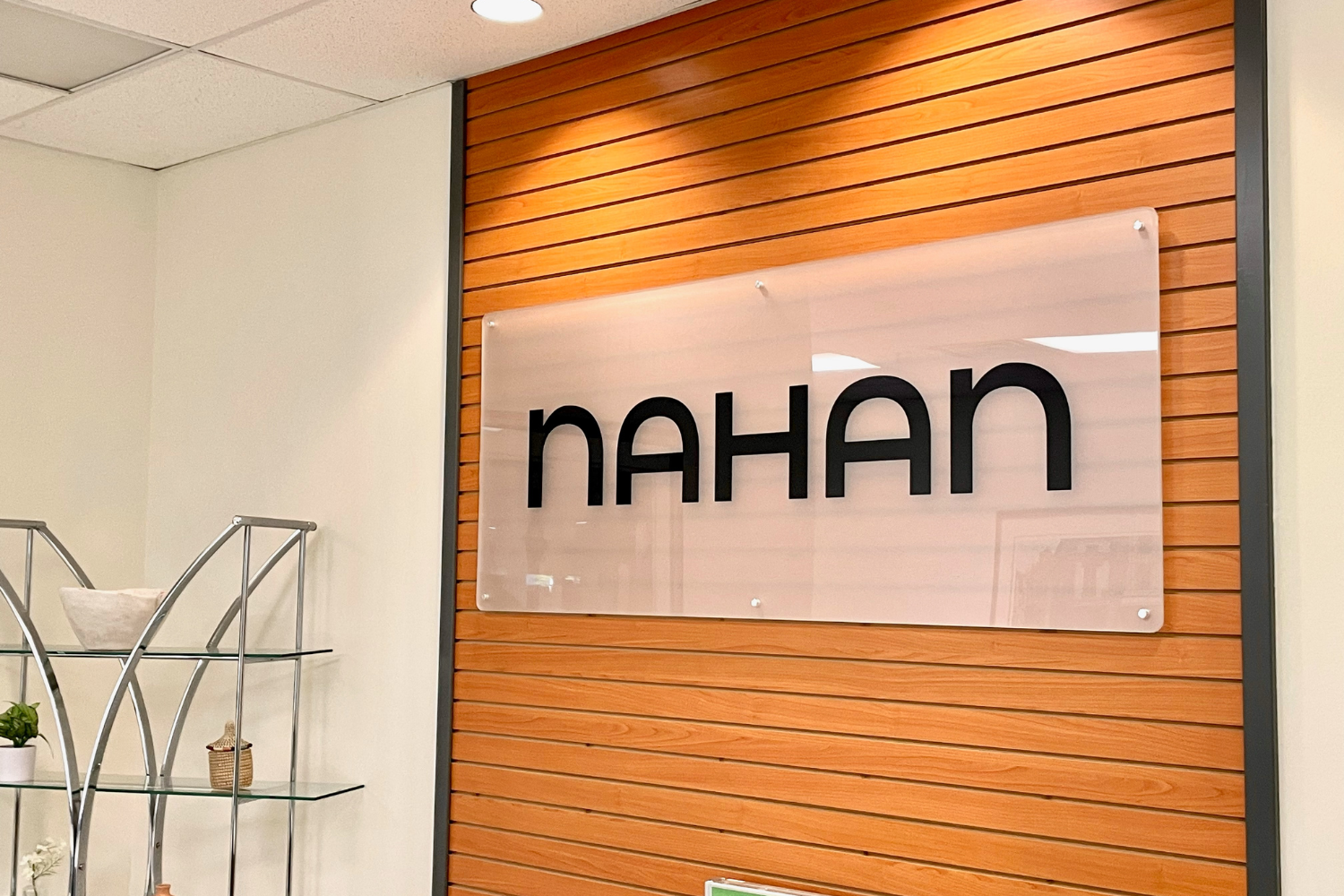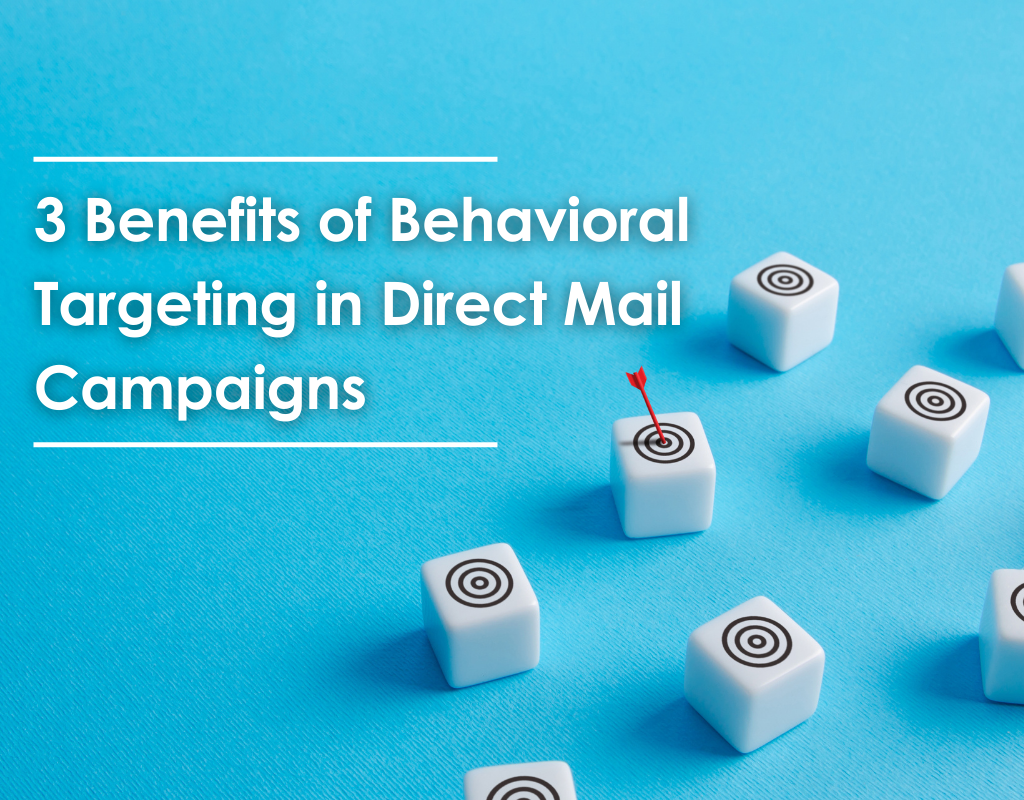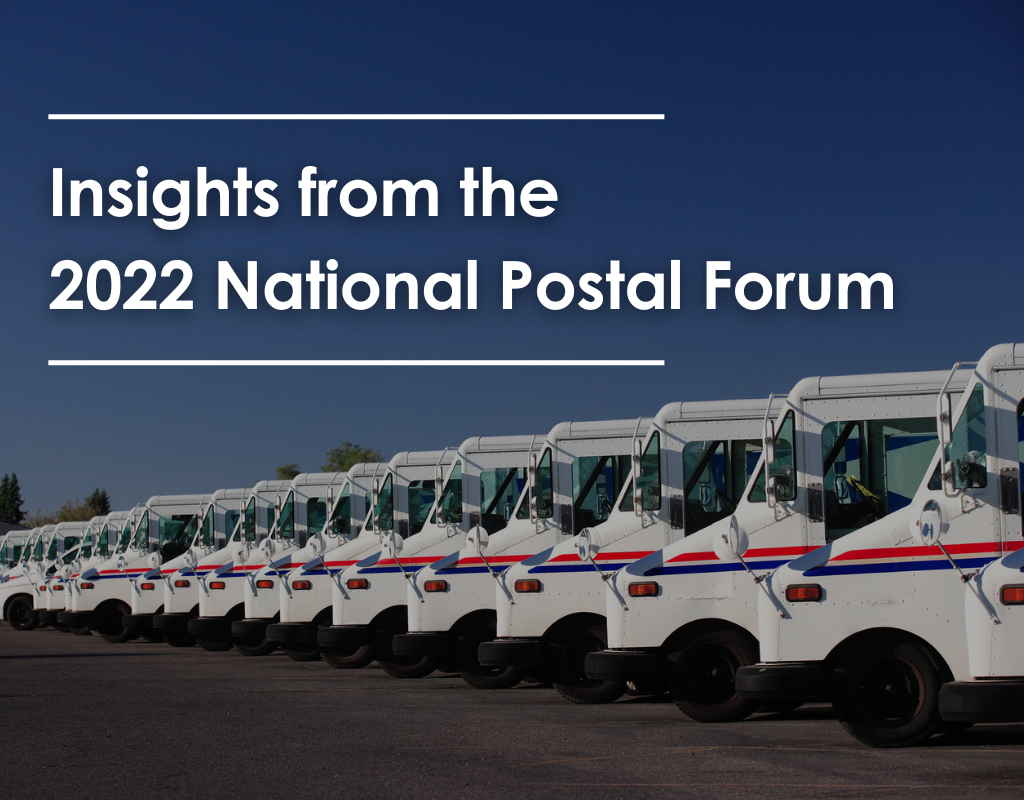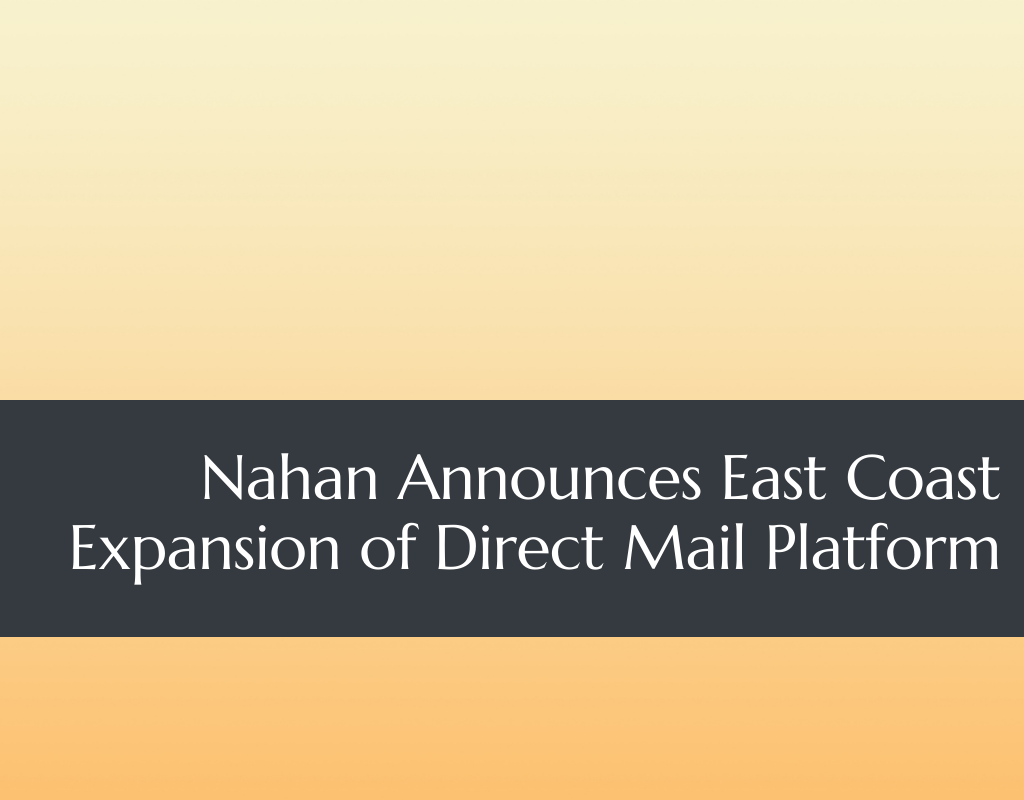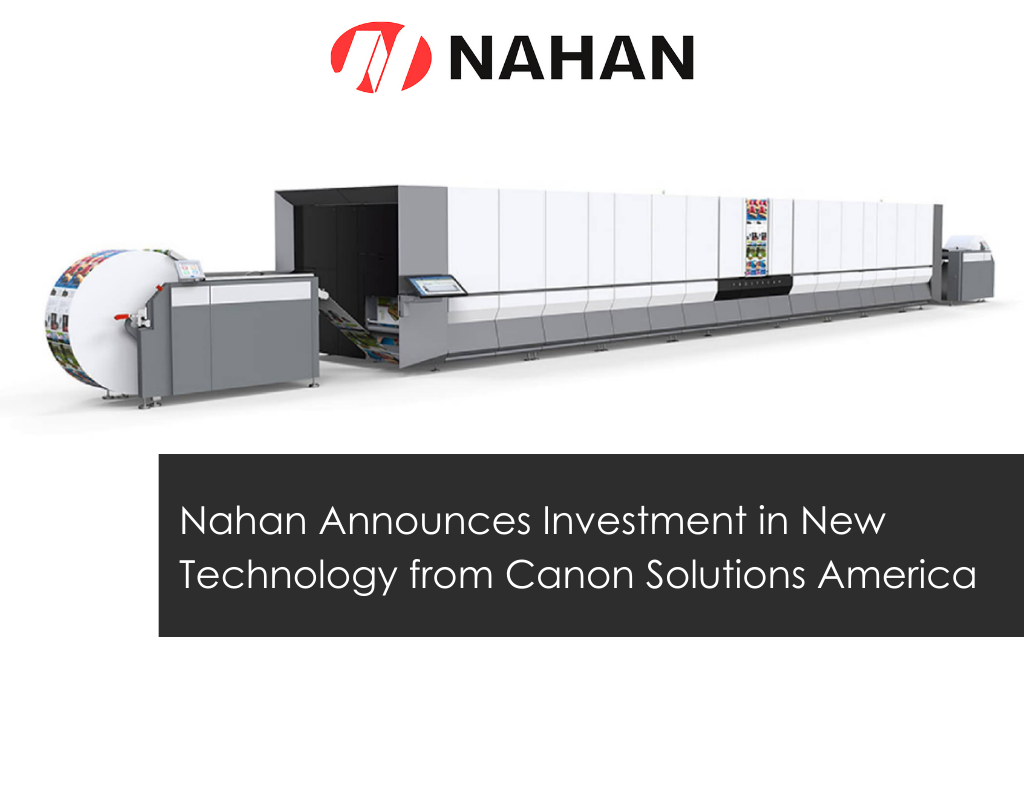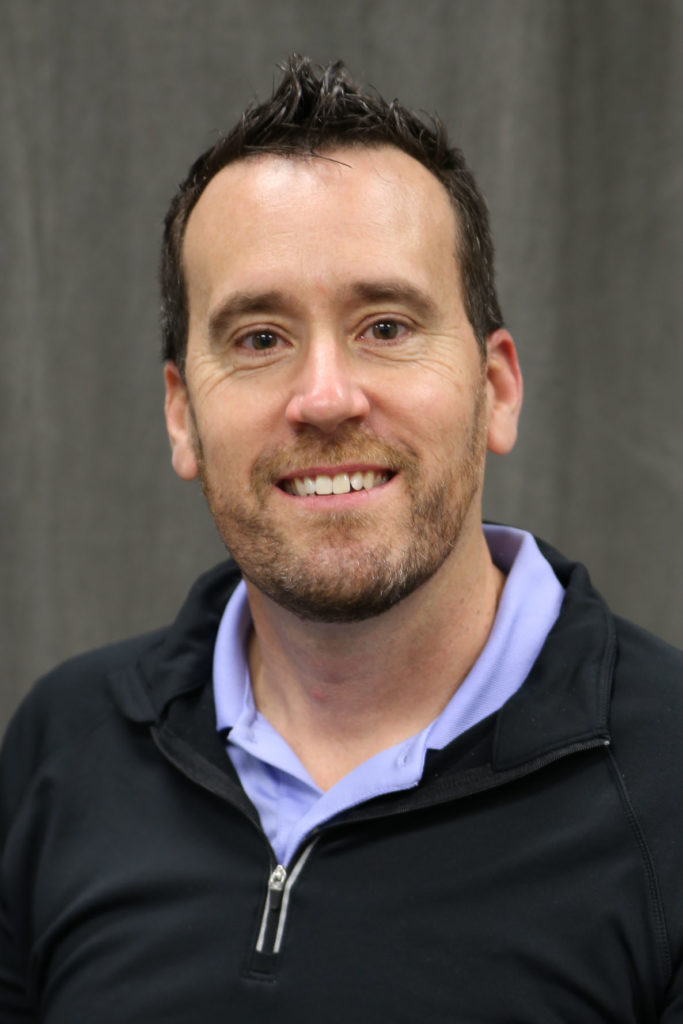As we slide into 2024, we’re coming off a rollercoaster year of uncertainty, bouncing between downbeat predictions about a recession and the possibility of a soft landing with interest rate cuts in 2024. Along the way, the buzz around AI was unavoidable, with many marketers diving headfirst into using new tools like ChatGPT as part of their evolving processes.
Mailers, as always, will be paying close attention to postal rates, which are set to increase again in January, but there’s also good news in the form of marketing mail incentives. We’ve put our heads together, analyzed our news clippings, and have developed what we believe are seven things every mailer should keep an eye out for in 2024. Of course, this being the marketing industry, we can probably expect some surprises and new developments. One thing remains certain, though, and that’s the effectiveness of direct mail and catalogs. Direct marketing remains one of the key drivers for acquisition and brand building.
USPS Marketing Mail Incentives and Postage Increases

If there’s one topic that’s sure to get direct mailers talking, it’s postal rates. As with overall inflation, rates have climbed steadily the last few years with additional price increase arriving in January and July. However, there are ways for mailers to save money with some exceptional discounts and promotions. This is one area where mailers want to make sure they are working with partners that understand the intricacies of these promotions.
In 2024, the USPS is introducing a significant volume discount, presenting an opportunity for substantial savings on mail campaigns:
30% Discount: Mailers sending volumes above fiscal year 2023 levels or 1 million pieces in 2024 are eligible for a 30% discount.
Rebates Schedule: Credits will be issued in July 2024, October 2024, and January-February 2025.
Registration: Starting in November 2023, mailers can register for the discount through the USPS Business Customer Gateway.
Validity: Postage credits remain valid until December 31, 2025.
2024 USPS Promotions:
- Tactile Sensory and Interactive – 5%: February – July
- 2024 is the last year that gloss paper stocks will be eligible
- INFORMED DELIVERY – 4%: AUGUST – DECEMBER
- Emerging and Advance Technology – 3%: Any six-month period
- 2024 is the last year for the mobile shopping promotion.
- Customers can now pick their own six month window this promotion as well.
We looked to our in-house USPS expert Brandon Jacklin, Director of Postal Logics to share his perspective and advice for mailers: “The post office has been clear about two things- that all available rate authority will be used at each and every postage rate increase, and that postal promotions are here to stay. So don’t leave money on the table- with a variety of qualifying treatments and options, most any piece can be made to qualify for a 3-5% discount with only minor changes, and the Nahan team is standing by to assist with the entire process from the initial design to the final postage statement cleared.”
In addition to postage incentives, the emergence of the Congressional Printing Caucus as a new voice for the industry on Capitol Hill underscores the evolving political landscape affecting direct marketing. This development points to an increased recognition of the industry’s significance and the need for its representation at the national level.
Shift to Smaller Formats in Retail/Catalog Direct Mail

As highlighted in a recent Retail Brew article, retailers continue to leverage catalogs and direct mail as key channels for brand storytelling and product showcasing, despite the rise of online advertising. Polly Wong, president of Belardi Wong, explains the strategic reasoning: “The No. 1 reason is that most of our clients are sophisticated marketers who understand the risk of over-reliance on just Google and Meta.”
She points out the increasing costs of digital advertising over the past five years. “CPMs and CPCs are up by double digits,” Wong notes. “With the rising costs in digital marketing, it turns out you can send four targeted direct mail pieces for the cost of one digital click.
However, the increase in postal rates and cost of paper has created a shift to smaller, more cost-effective formats. Small format catalogs complemented by self-mailers have given retailers more flexibility to stay nimble and creative with their mailings. We see this as a continuing trend into 2024, and view it as an ongoing opportunity for innovation and efficiency while not losing on performance.
One person that understands this shift almost better than anyone in the industry is Mark Groff, our Vice President Eastern Region Sales. Mark has worked with some of the top retail brands from Fortune 500 stalwarts to rising DTC innovators for the past 30+ years. We asked him for his insights on this shift and here’s what he had to say:
“The 2020 pandemic showed that retailers who continued direct mail campaigns remained successful. Given the rising costs of postage, paper, and labor, it’s crucial to maintain cost-effective strategies. We’re observing a trend towards smaller, 6×9” catalogs and folded self-mailers mailed at lower postal rates, saving significantly per piece. While large catalogs are still used for extensive merchandise ranges and seasonal offerings, smaller formats are increasingly popular for specific segments or promotions. In 2024, marketers will need to carefully consider these options for optimal efficiency.”
Multisourced Data Analytics for Predictive Modeling

Most mailings nowadays involve the use of predictive analytics to select prospects for targeting. Direct mail is an investment, and so every marketer wants to be able to identify those most likely to respond and purchase. The vast majority of predictive models are built upon data provided by a single data provider.
Nahan’s Vice President of Marketing Strategy, Alan Sherman noted, “We are seeing better performance coming from multi-sourced analytic tools – predictive models known as “META” models. These are models that are constructed by bringing together several models, each built upon a different data source, such as a demographic compiled file, credit bureau data (if applicable), alt-credit and niche data.” Typically, these models are built against a pool of data files licensed by a group of data providers. With an exponentially larger pool of some 20+ data providers and 30,000+ data attributes, these models have much more potential predictive data to work with. When more data is available to work with, a better analytic tool is the result.
These models demonstrate greater discrimination and predictive power and are continually updated via ongoing response data. They don’t grow “stale” over time, and don’t need to be rebuilt when the market or marketer’s priorities change. They tend to deliver response lifts of some 20-40% over traditional single data provider models.
The AI Impact on Marketing Augmentation

It’s been a year since the arrival of ChatGPT and ever since there’s been a steady flow of discourse about how it will impact every aspect of business, including direct marketing. Machine learning and AI have already had major impacts on the data and modeling side of the equation, and will continue to improve in 2024.
The recent AI hype focuses more on Generative AI and you can’t really go a day without learning how marketers are incorporating it into their workflows for brainstorming, analysis and research.
It would be foolish for us to predict where all of this is going so like everyone else we are advising to pay close attention to the narrative and new developments. Will there be more hype? Of course, but there will likely be some new innovations and applications that will genuinely help marketers create more efficiencies and productivity gains.
This article in Adage caught our attention as one of the way that brands are starting to experiment with using AI-generated customer profiles for deeper insights into consumer preferences. While it will take some time to refine these approaches, there’s no question that using AI to better understand customer desires and expectations will gain more traction, and likely create an interesting dialogue within the industry.
We’ve also seen some interesting experiments using generative AI for direct response copy, and this will certainly continue. AI chatbots will become more common for certain and marketers will find all sorts of new ways to augment and optimize their workflows.
We are currently using ChatGPT for our weekly internal news summaries and it has helped us identify some trends that we might have overlooked. While a lot of the focus has been on how ChatGPT outputs text, what it really excels at thus far in our estimation is in sorting and synthesizing text to get to the core ideas and principles.
Interest Rate Policy and the Economy

When the Federal Reserve started it’s campaign to battle inflation by rapidly raising interest rates, the consensus in the financial world was that a recession would result at some point in 2023. But that didn’t happen, and inflation has slowed substantially the last year but remains stubbornly above the 2% target rate.
So what comes next? There are already predictions that the Fed will cut interest rates as inflation stabilizes and this could potentially have a major impact for direct marketers, especially those in the financial services, mortgage, and insurance sectors which are highly sensitive to interest rate policy.
But there’s no guarantee the economy is out of the woods just yet and a recession could still be in the cards at some point in 2024. While there’s growing optimism for a soft landing, where inflation comes down without a significant downturn in the economy, there still remains much needed caution. It could another turbulent year where marketers and mailers need to remain nimble and laser focused on what the data and market are signaling.
Our VP of Finance, Bri Bennet had this to share: “The impact of interest rate changes to key sectors like finance and insurance offers unique challenges and opportunities. Our industry’s adeptness at navigating evolving market conditions underlines our potential to drive impactful direct marketing strategies in the coming year.”
The Final Countdown for Third-Party Cookies

Third-party cookies, long a staple in digital advertising, face extinction in 2024 with Google set to deprecate them from the Chrome browser. This change, driven by evolving consumer privacy expectations, leaves the advertising industry at a crossroads. The industry must now pivot towards first-party data and explore innovative customer engagement strategies.
Krista Black, VP of Marketing at Nahan, notes, “As digital marketers adjust to these shifts, we anticipate a reallocation of ad budgets, favoring channels like direct marketing and print. This presents a prime opportunity to harness highly targeted direct mail to reach specific audiences, maintain ROI, and drive growth in the midst of digital uncertainty.”
Sustainability in Print

We’re passionate about print and are dedicated to its sustainable future. Recognizing the importance of sustainability, especially as younger generations demand environmentally conscious practices from their favored brands, we’ve embraced this ethos in our operations.
In 2023, the evolution of digital printing continued to advance sustainability efforts in the printing industry. This technology, continuously improving in efficiency and eco-friendliness, has become a key part of sustainable printing practices.
Nahan’s VP of Production, Paul Overn, shares his perspective: “Aligning with industry trends, our commitment to sustainability involves adopting sustainable materials and practices, positively impacting the environment, and meeting global standards.”
Key aspects of Nahan’s sustainability practices include:
- Environmental Best Practices: Using recycled paper, optimizing packaging, and implementing energy-efficient workplace solutions.
- Eco-Friendly Ink and Coatings: Utilizing vegetable and soy-based inks and low VOC coatings, emphasizing renewable resources.
- Industry Certifications: Proudly holding certifications from the Forest Stewardship Council (FSC®) and Sustainable Forestry Initiative (SFI®).
- Recycling Initiatives: Strong commitment to recycling various materials, including paper, plastics, and metals.
- Continuous Environmental Improvement: Ensuring compliance with regulations and constantly seeking more energy-efficient methods.
These practices reflect our dedication to contributing in creating a healthy, sustainable print industry where great catalogs and marketing materials continue to play a vital role in creating awareness for brands.
Conclusion
2024 is shaping up to be another interesting, complex year for the mailers and marketers. We think these seven topics will probably dominate the conversation in one way or another but of course that could always change. We’re excited about what’s ahead but if the last few years have taught us anything it’s that we need to be prepared for the unexpected.









